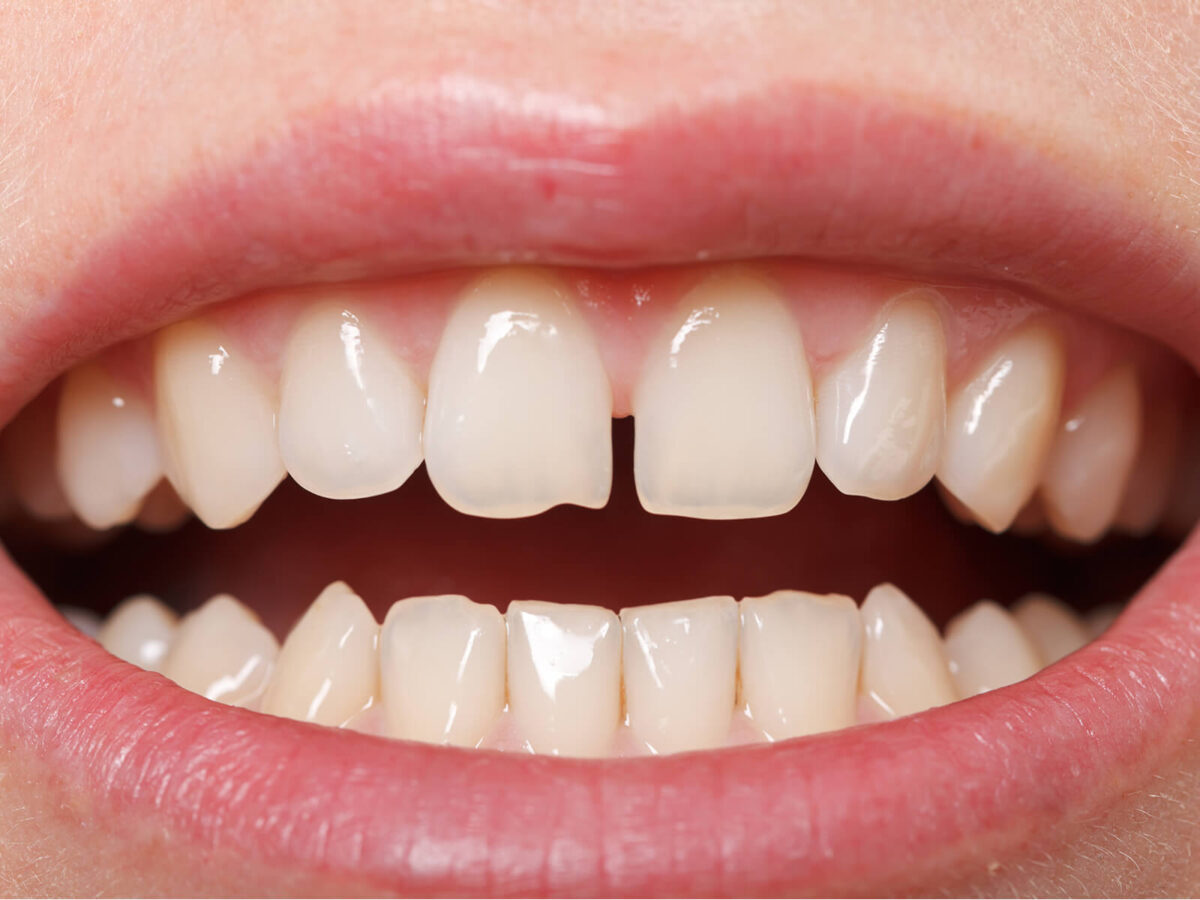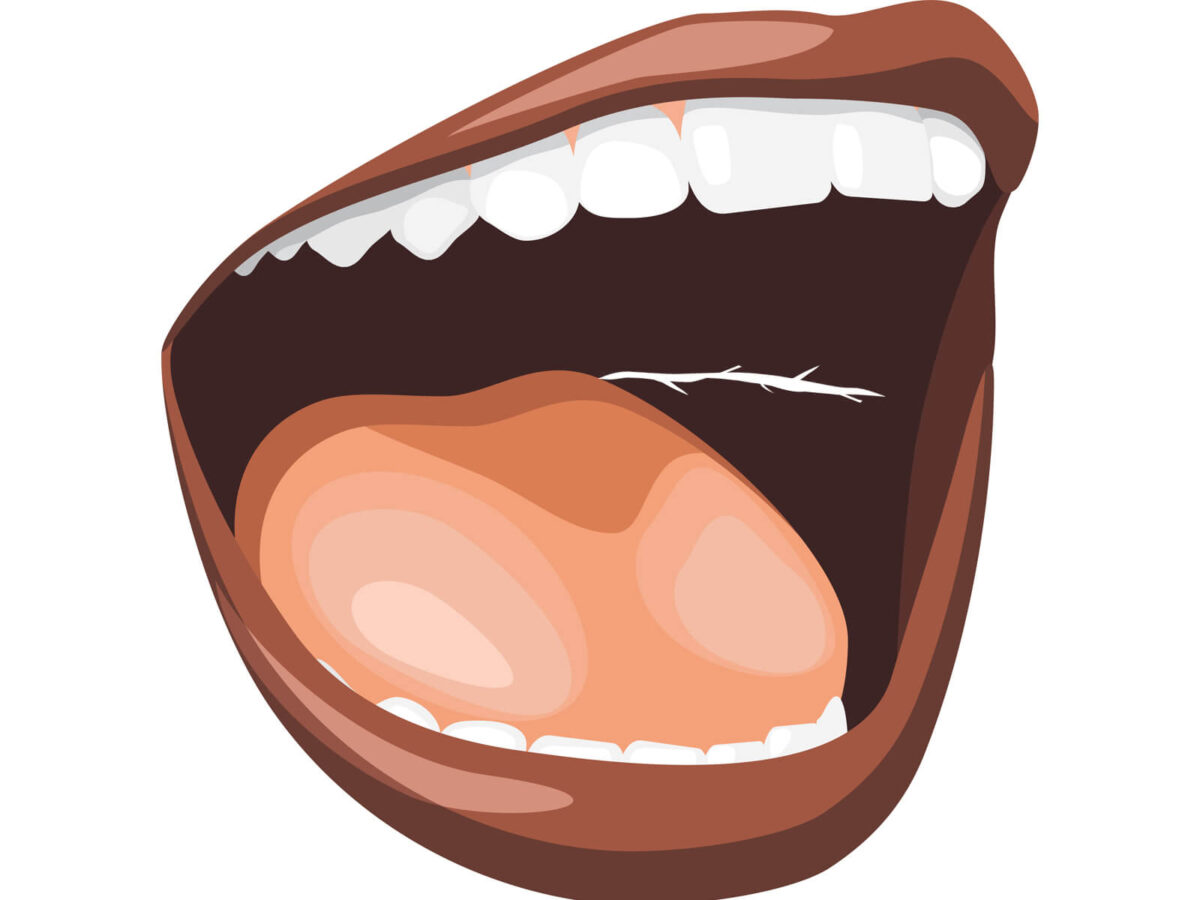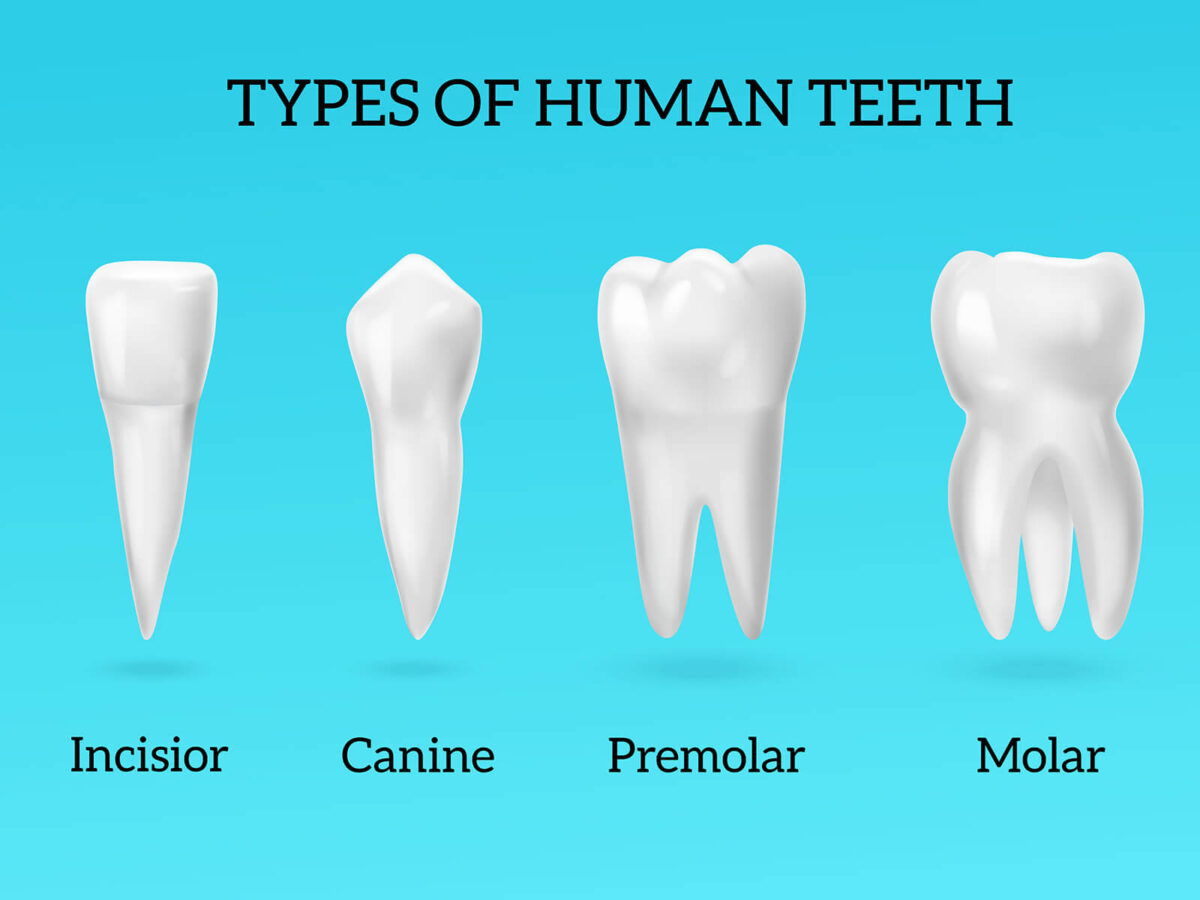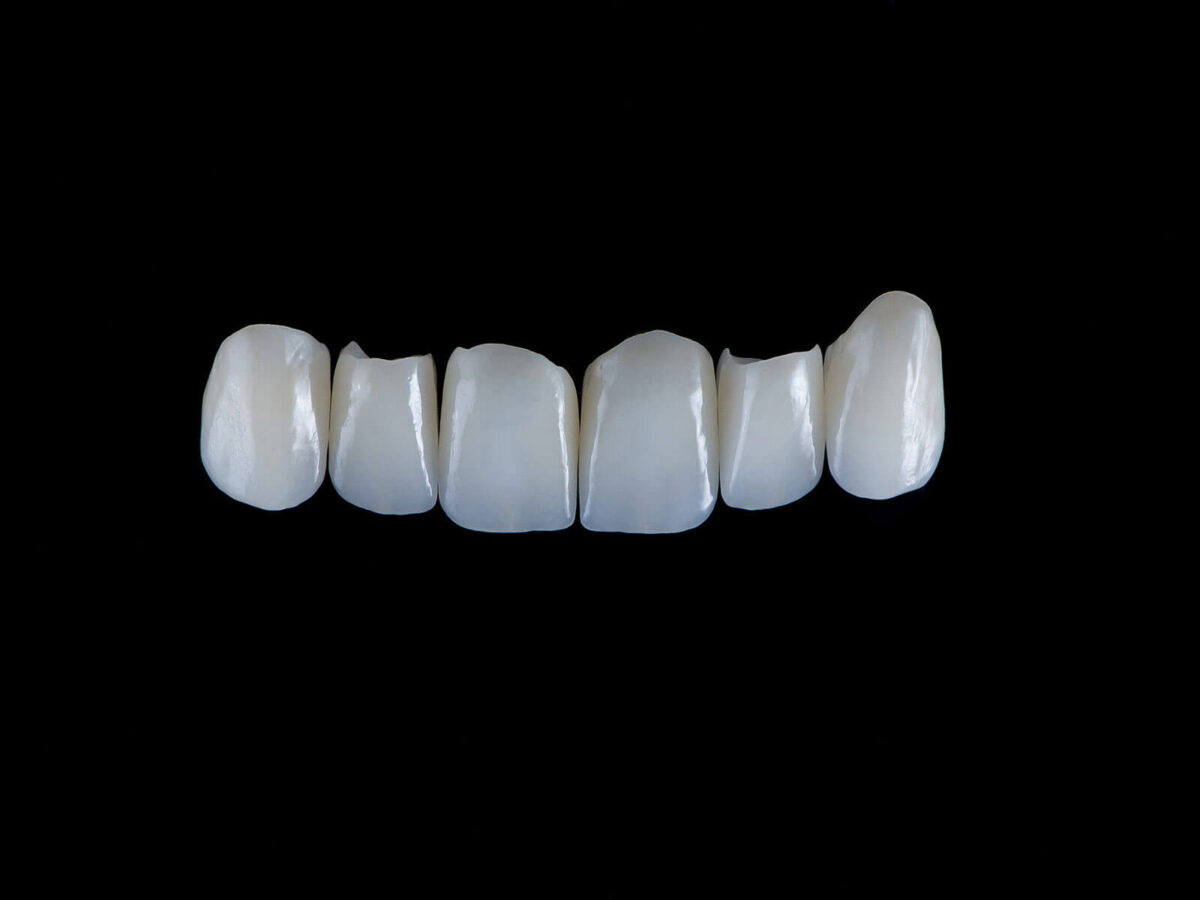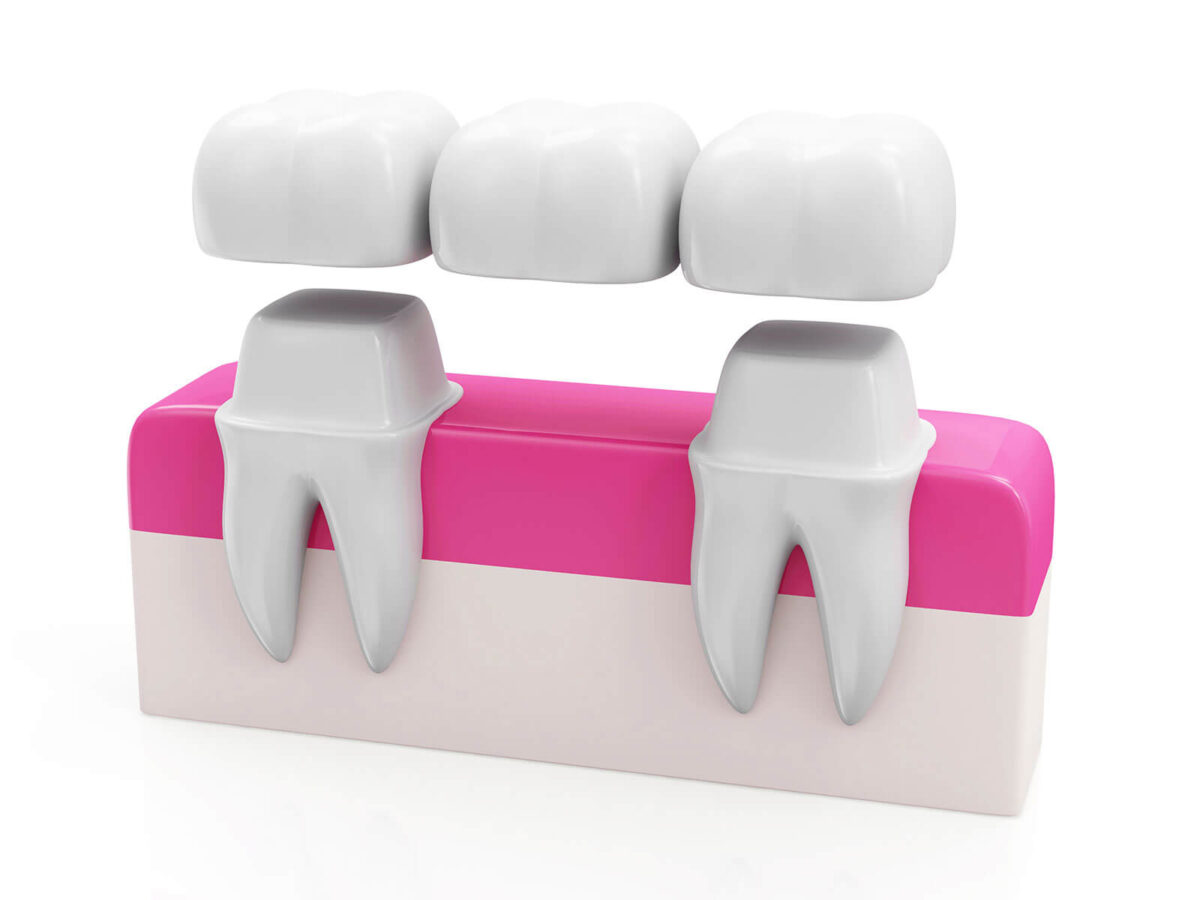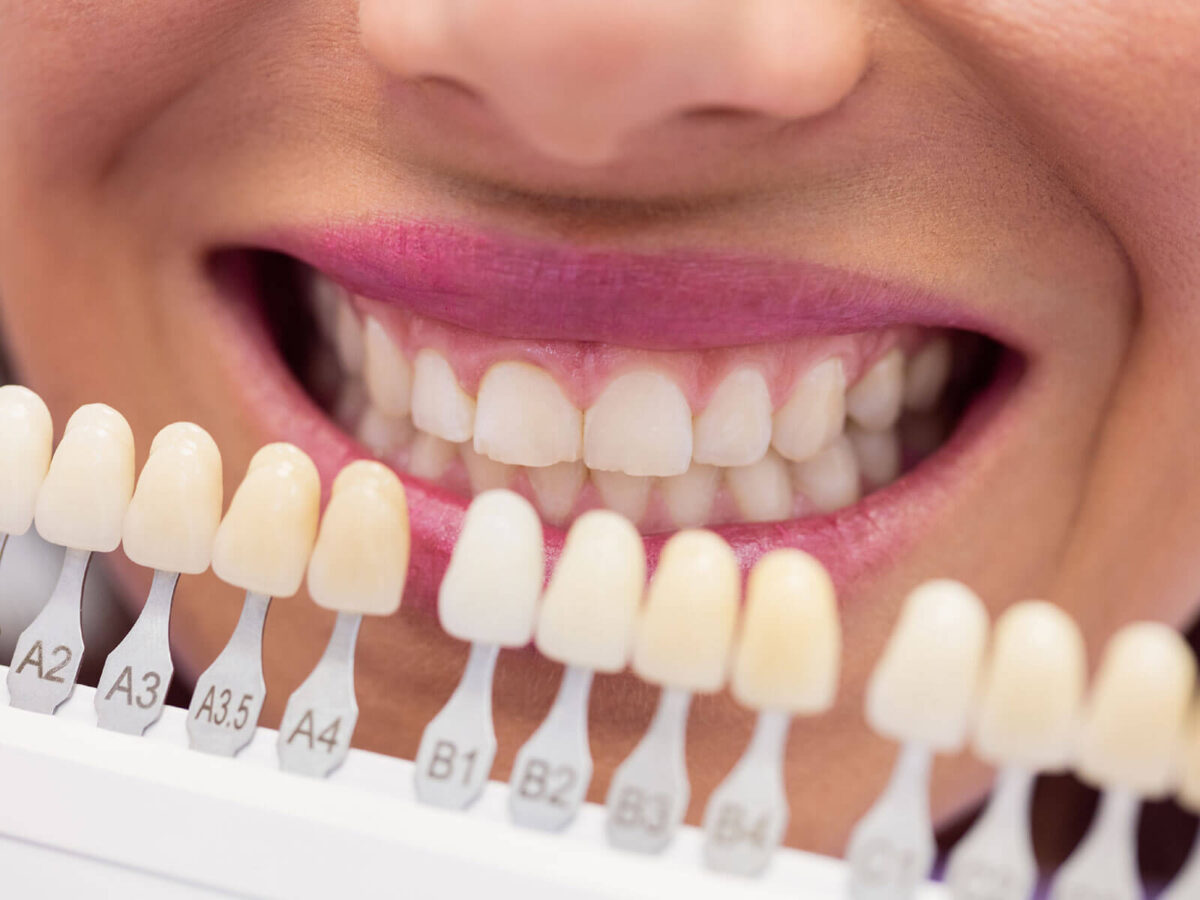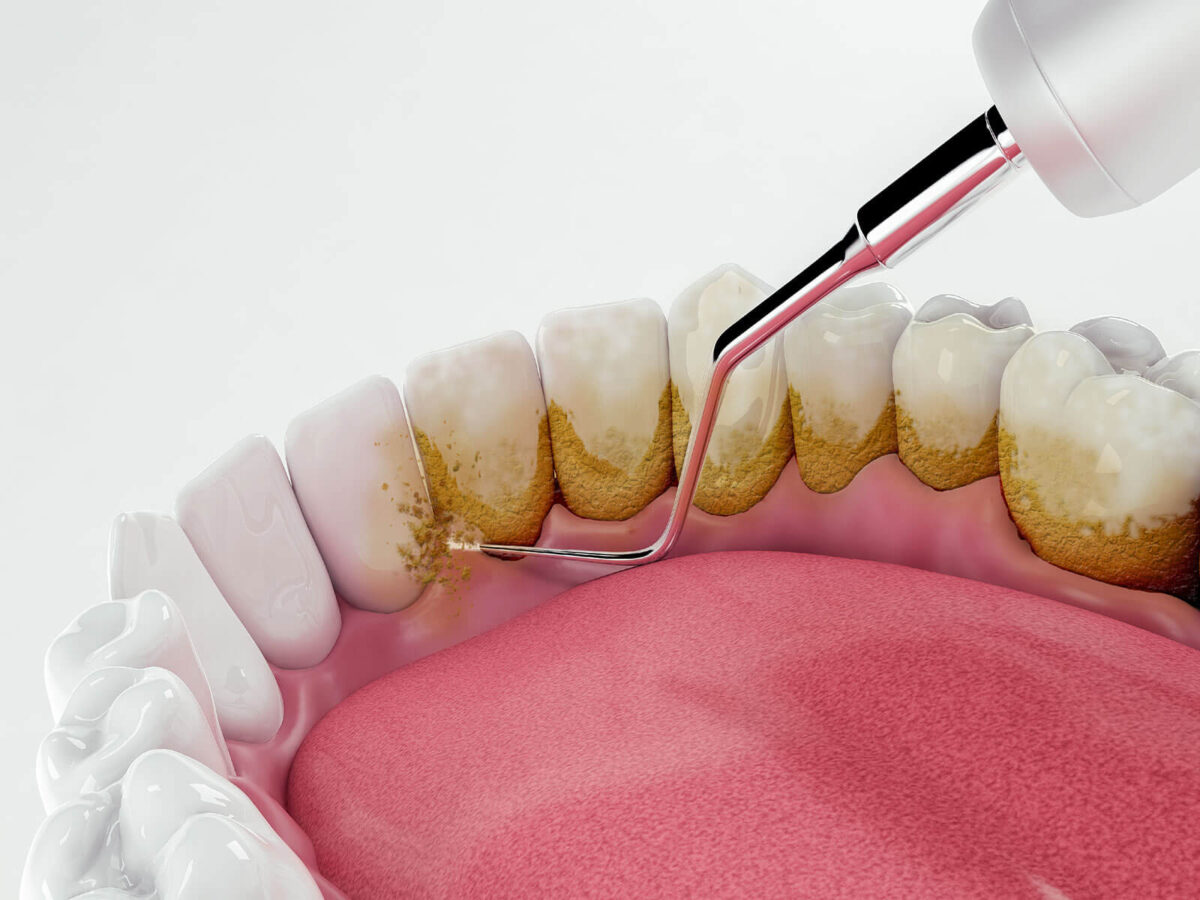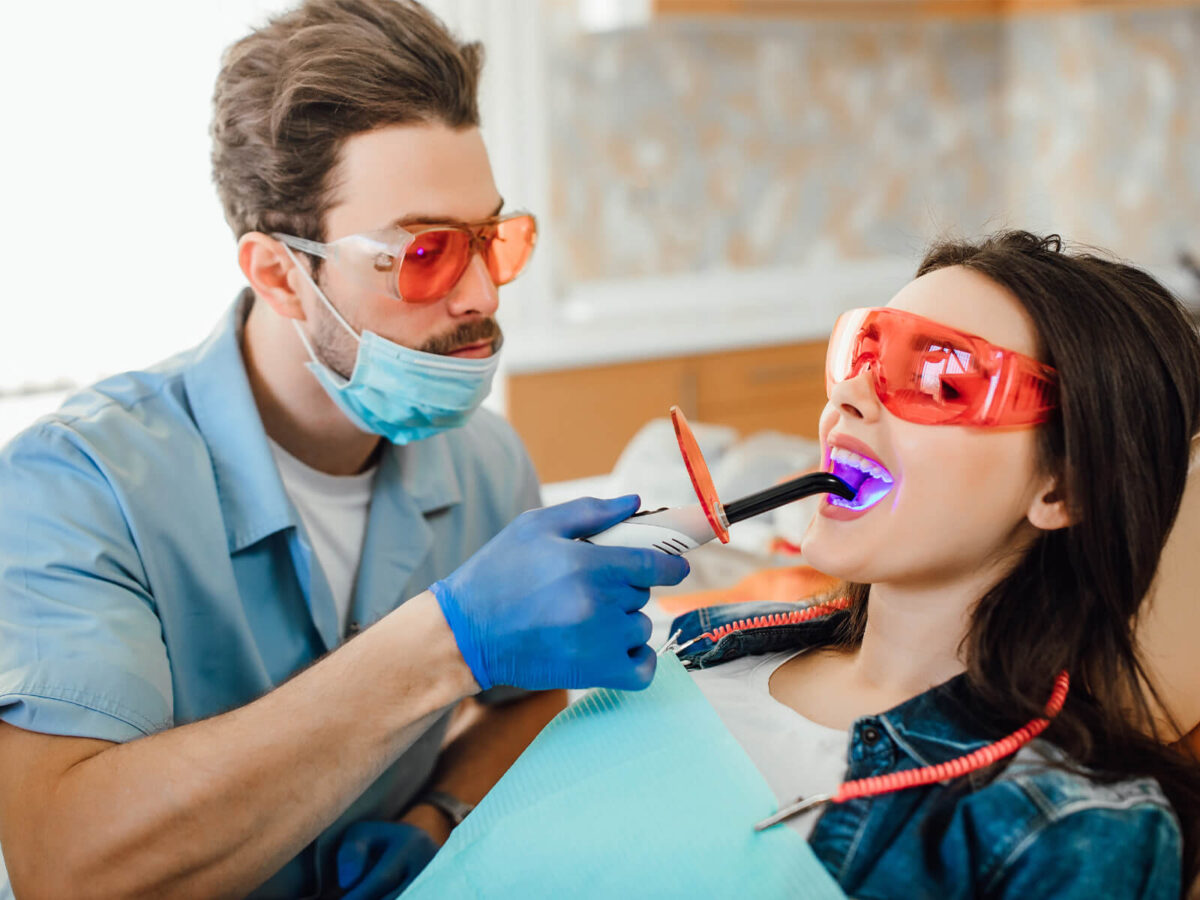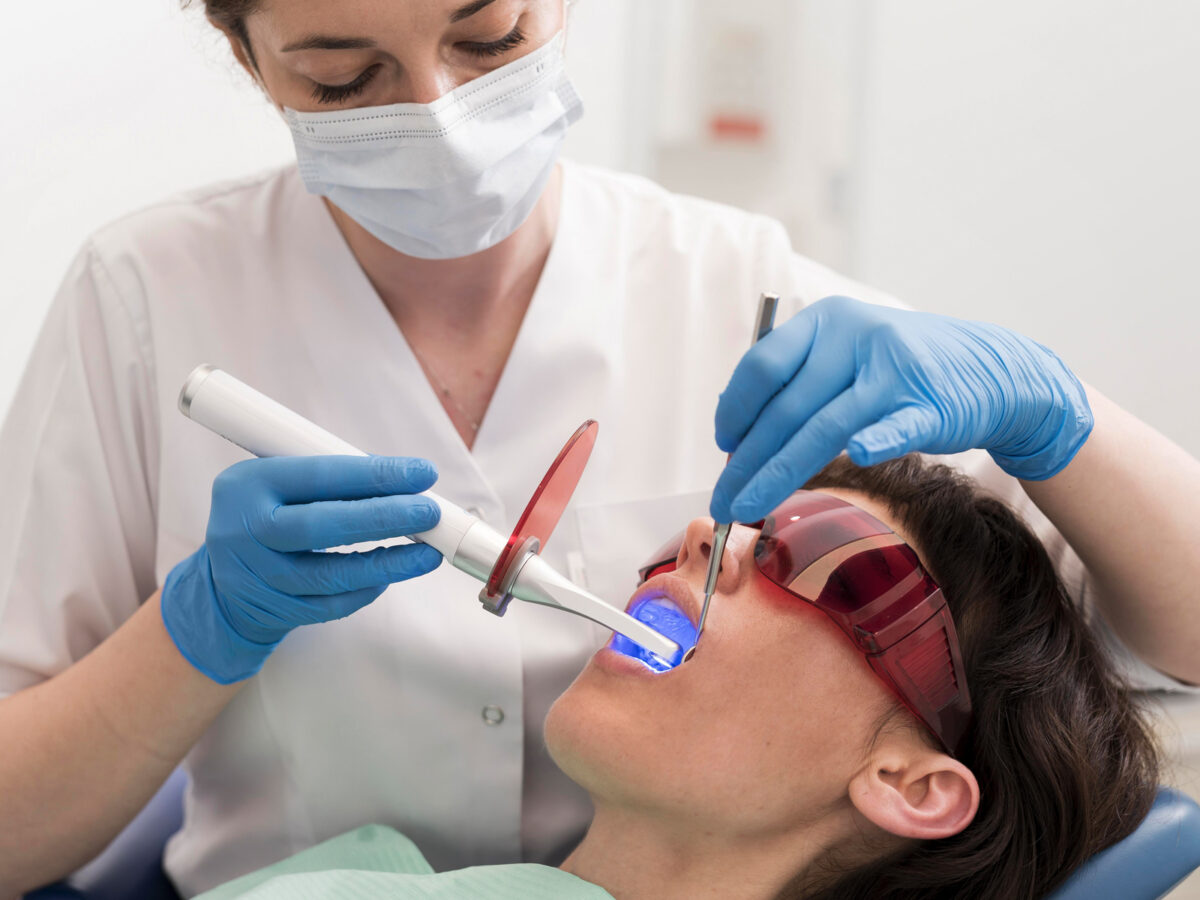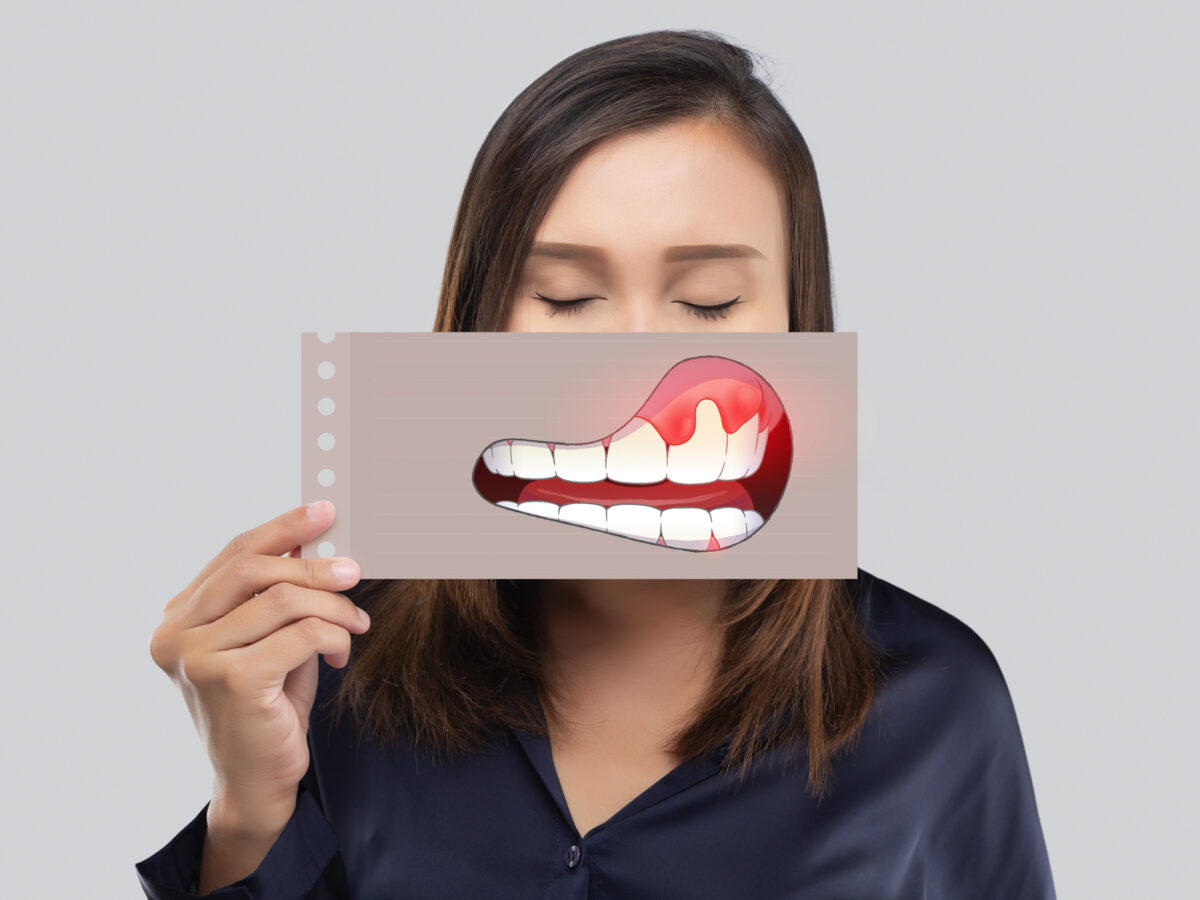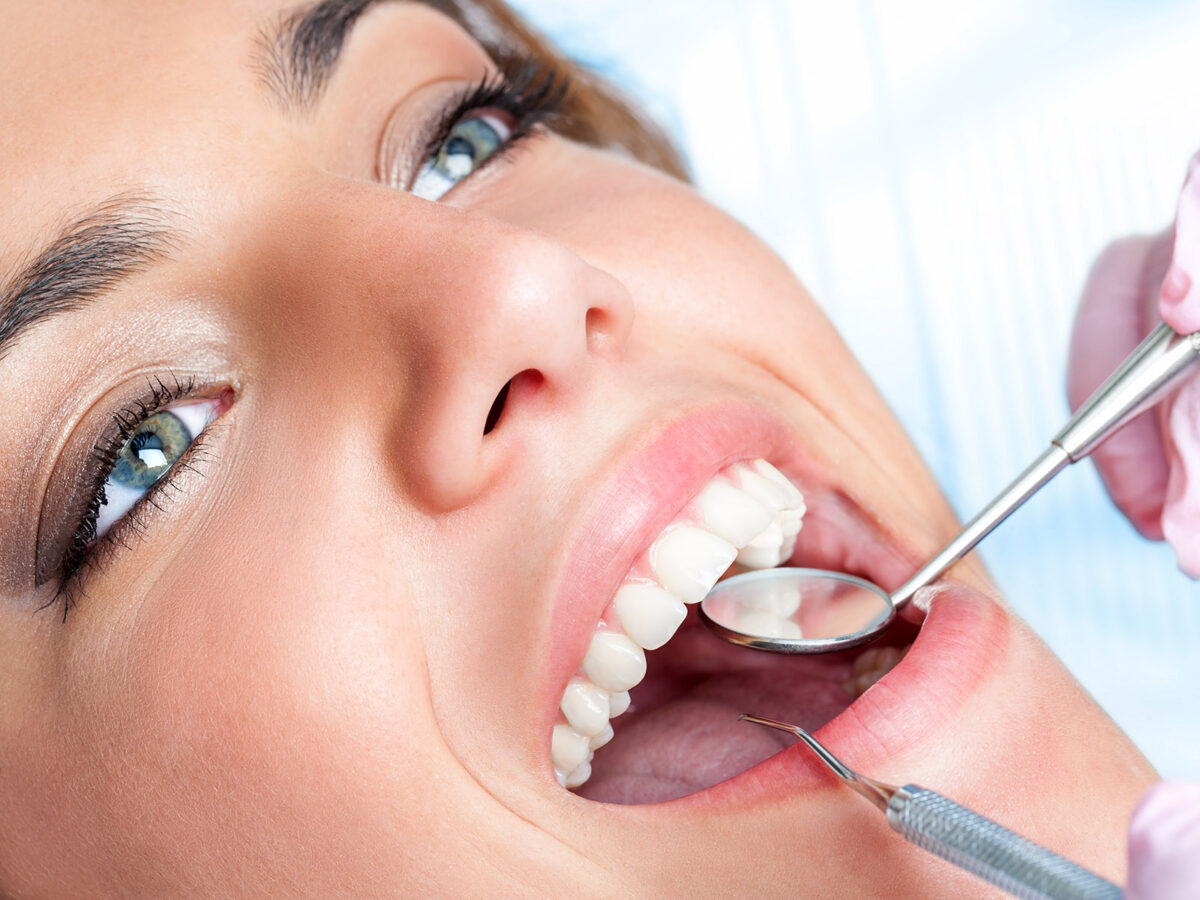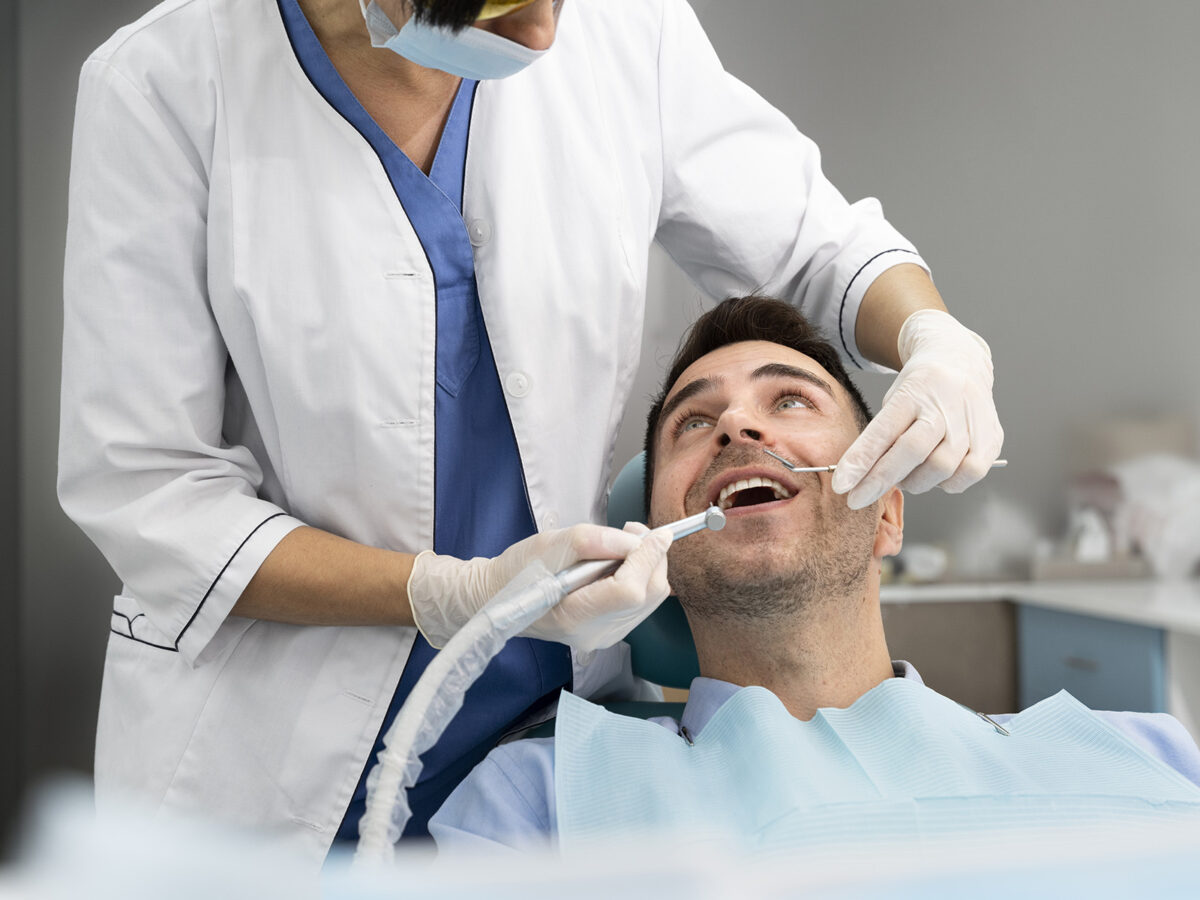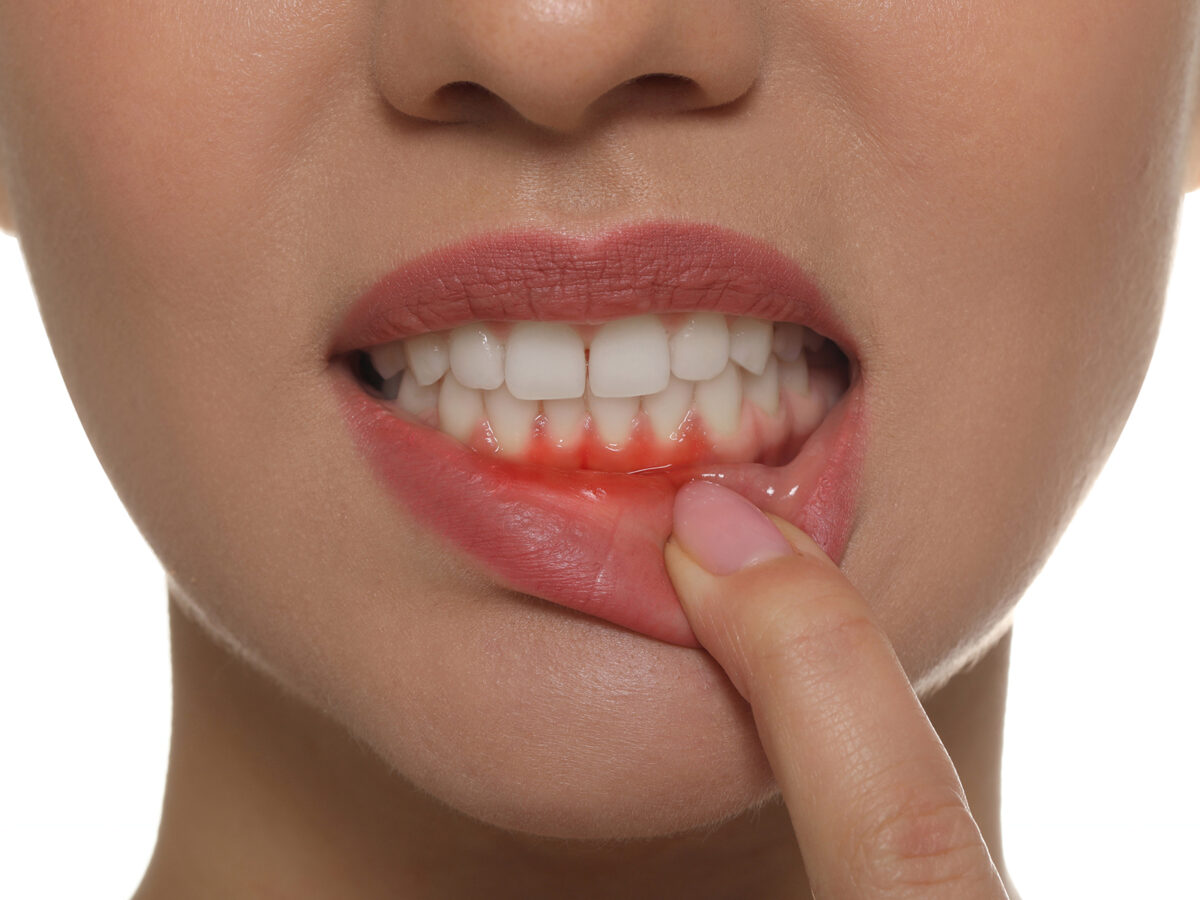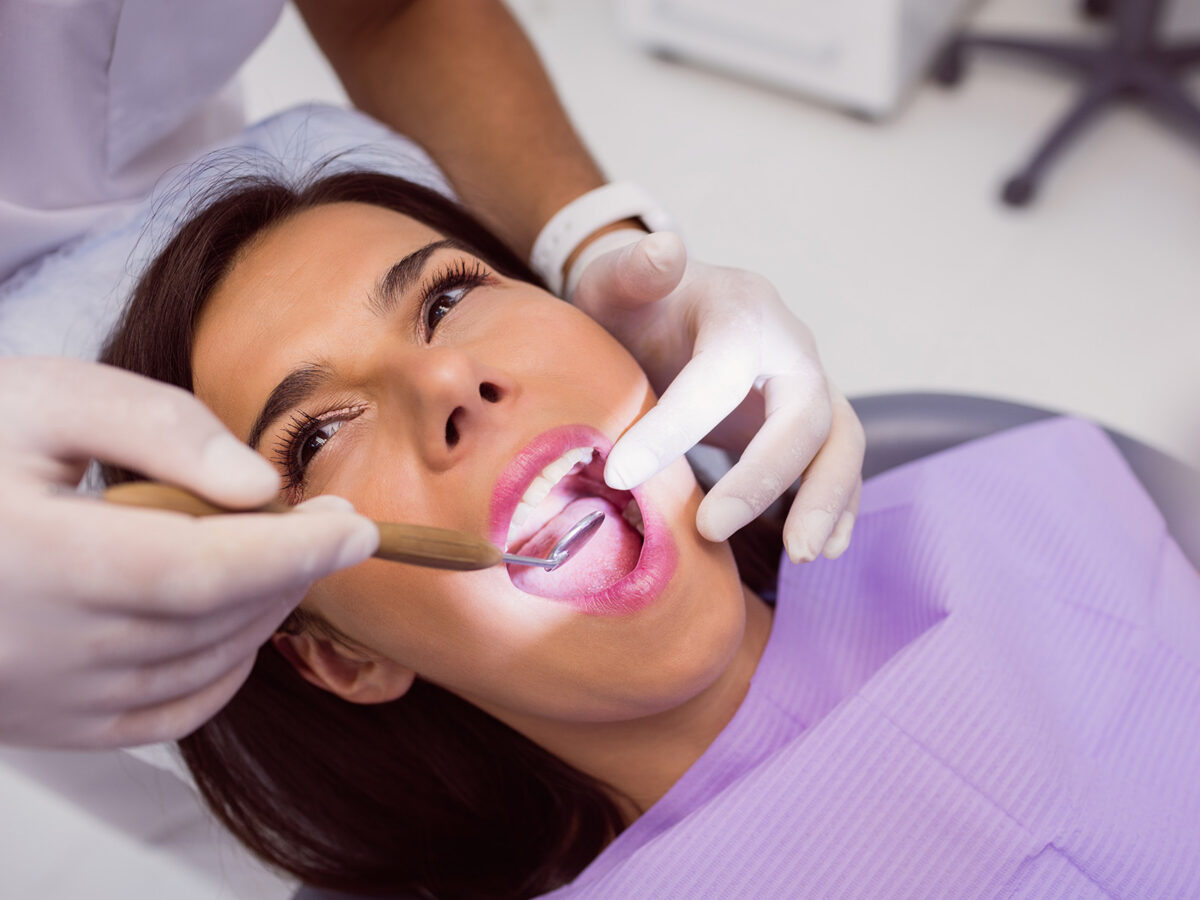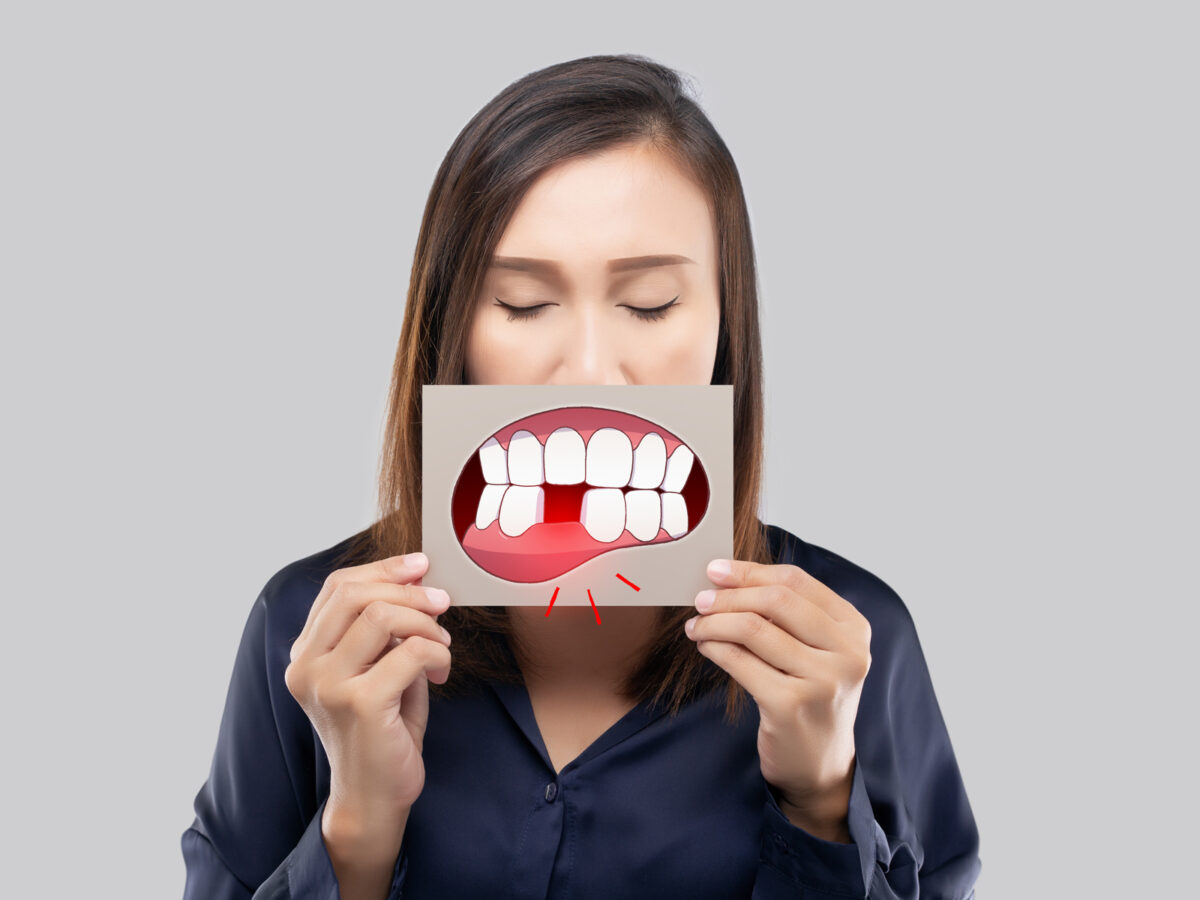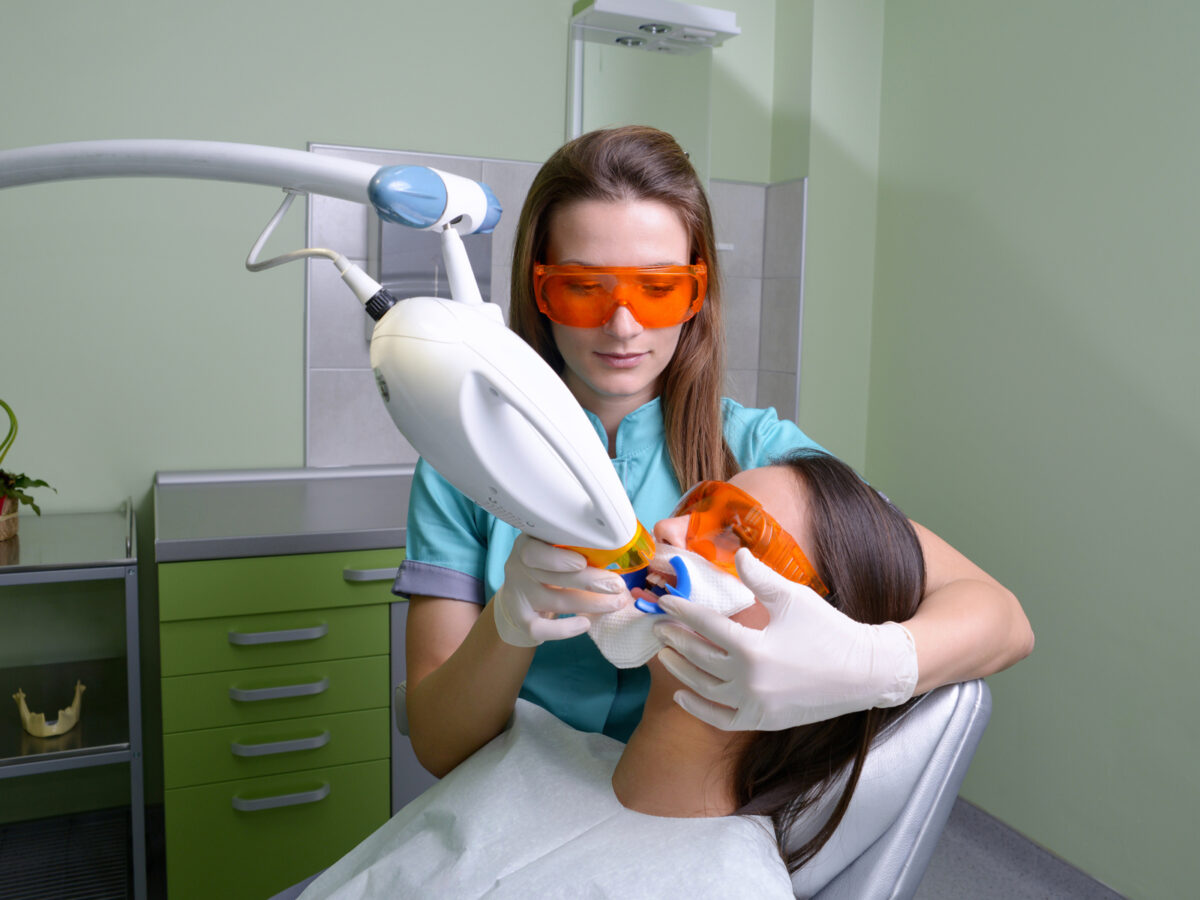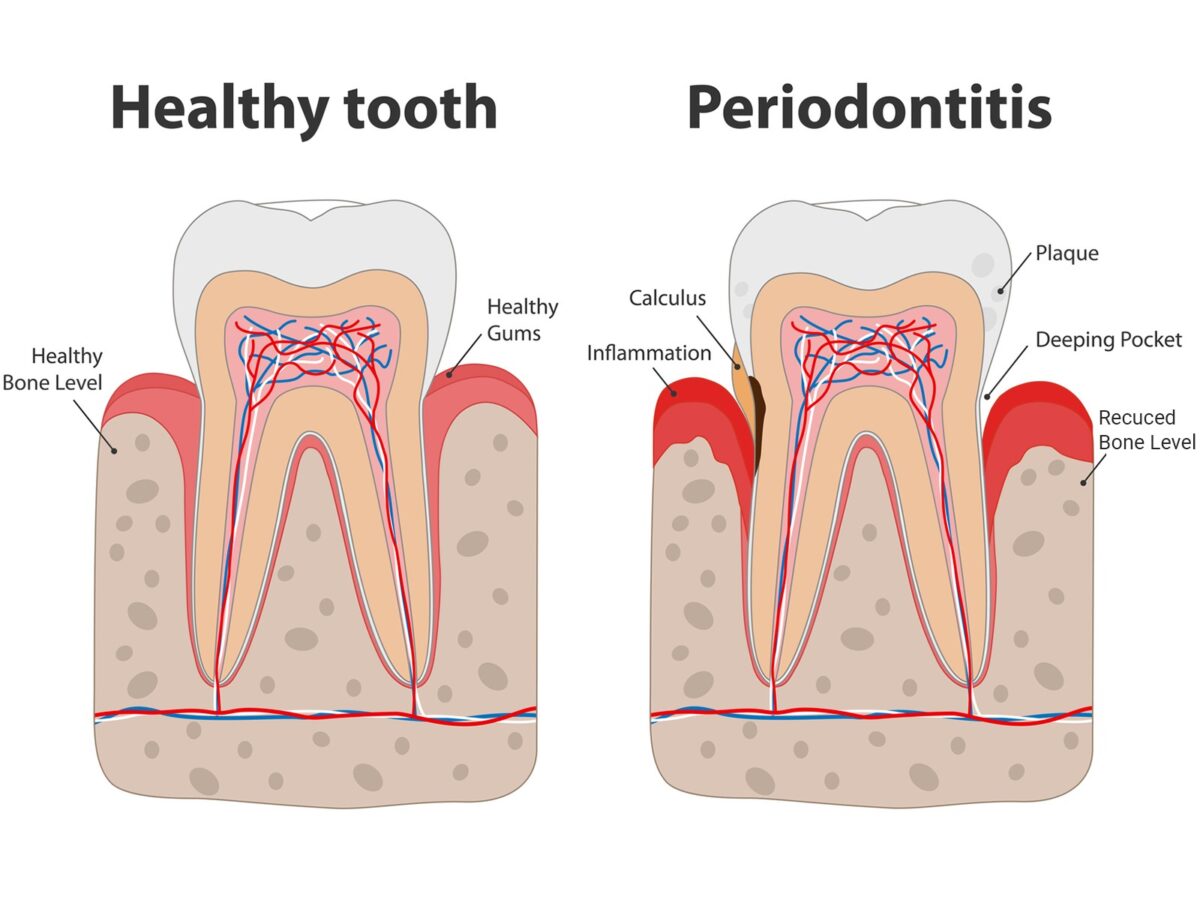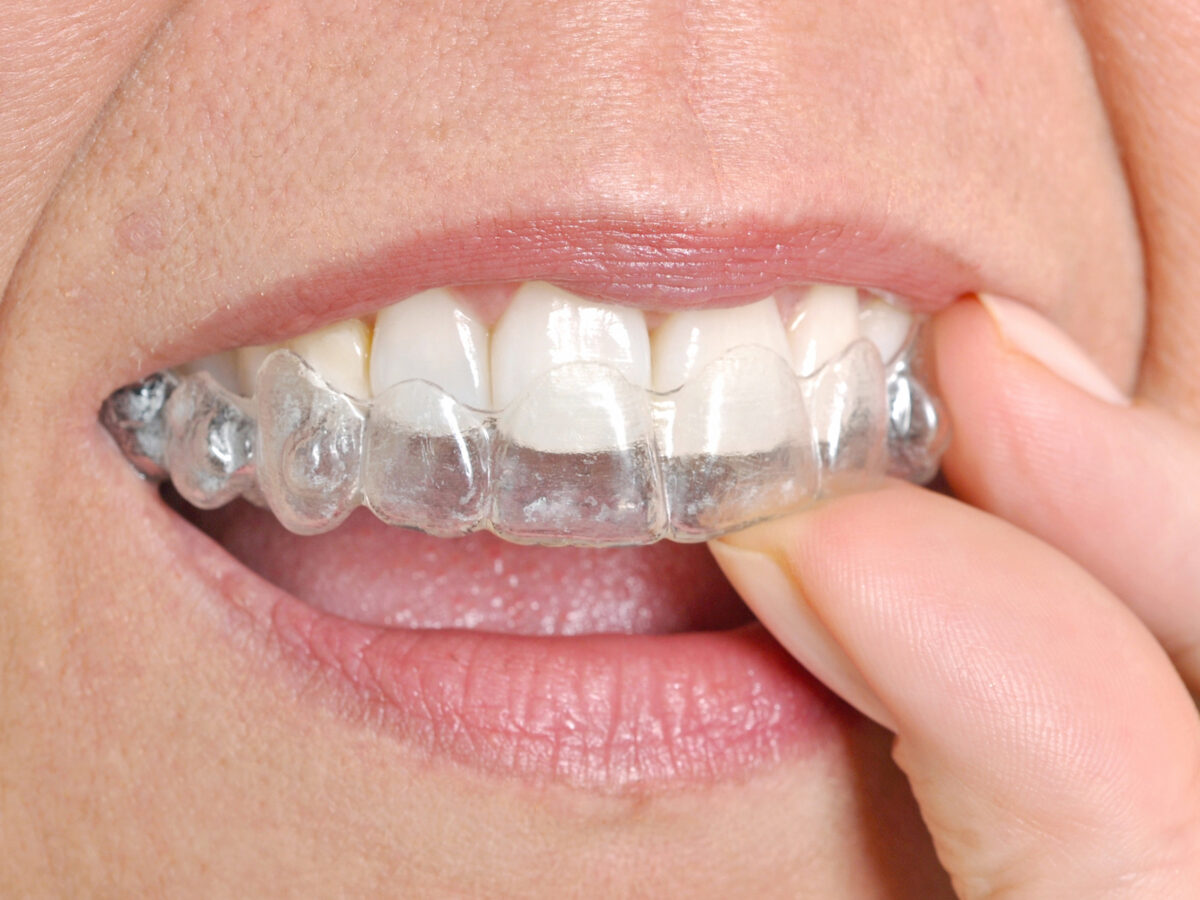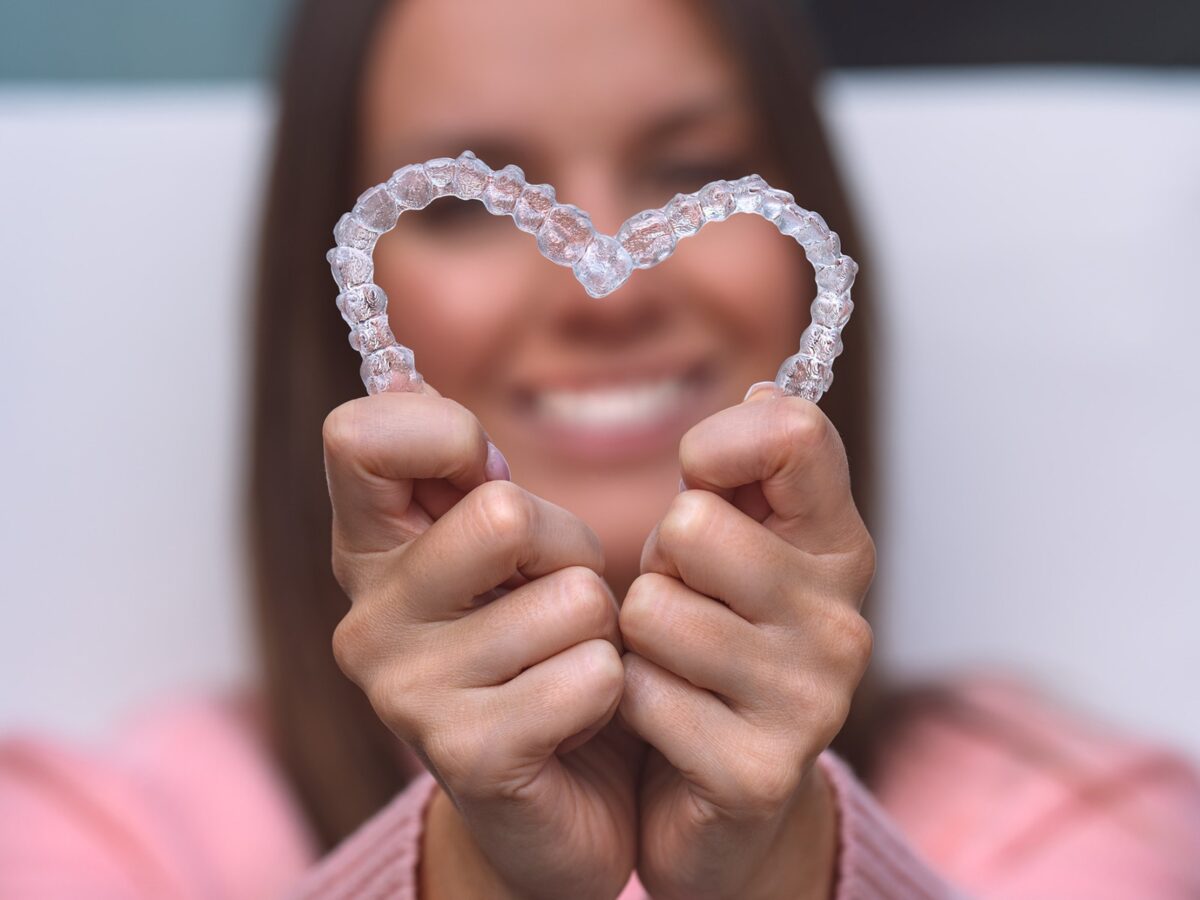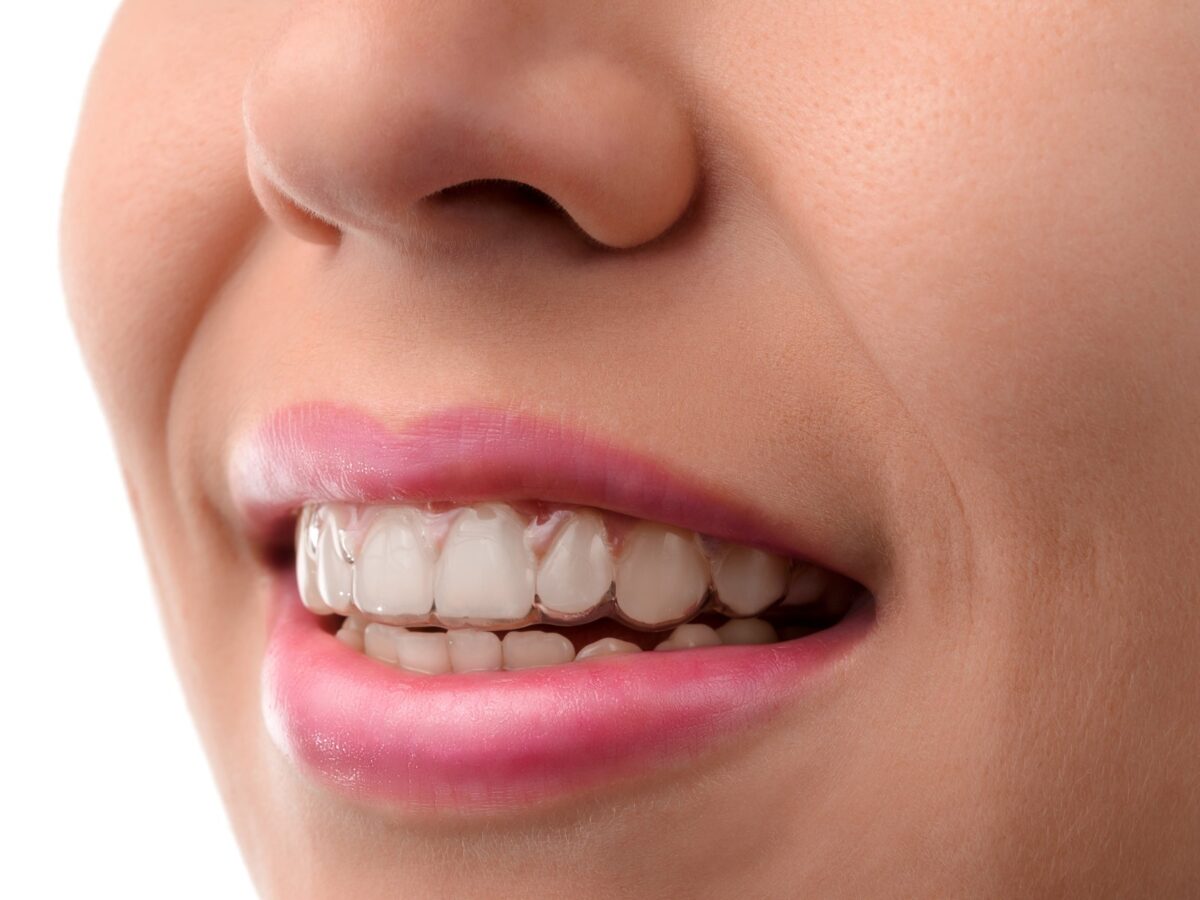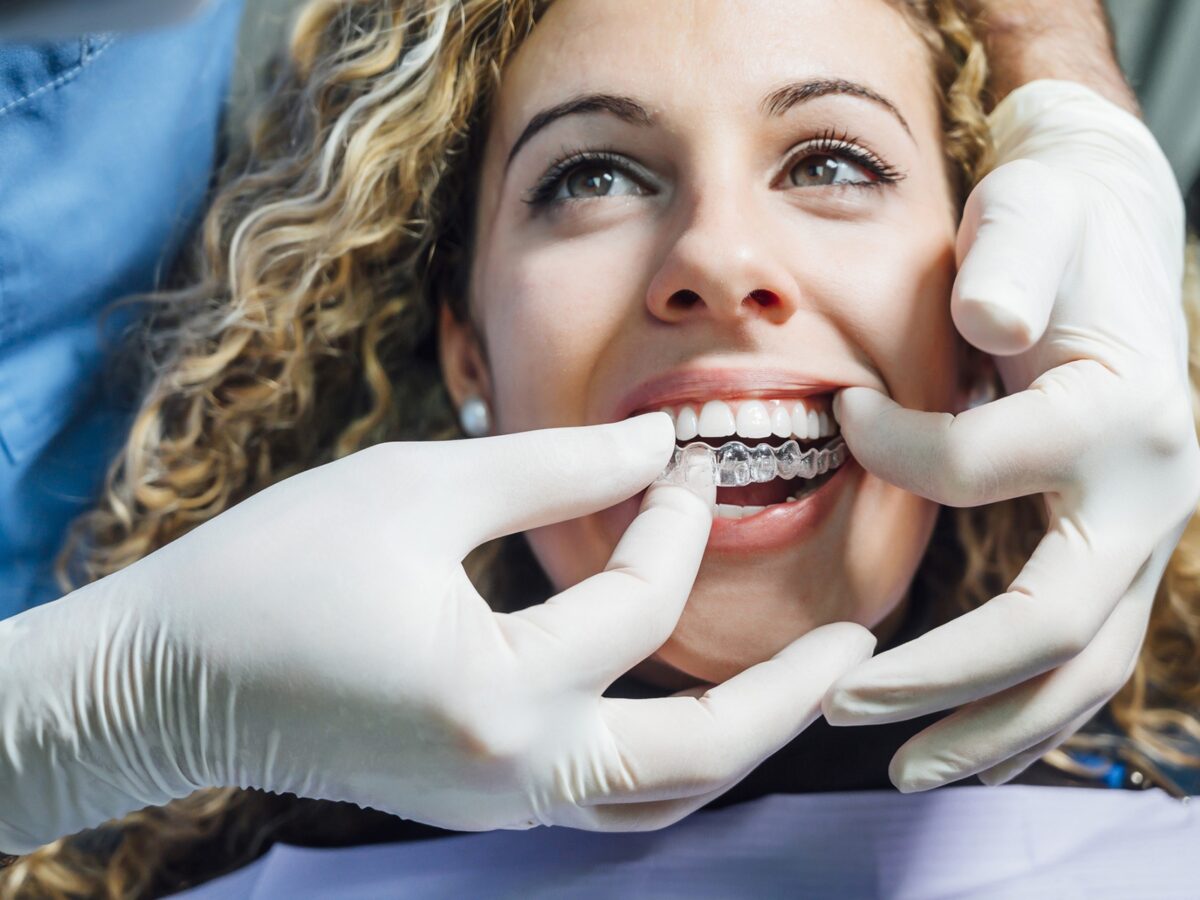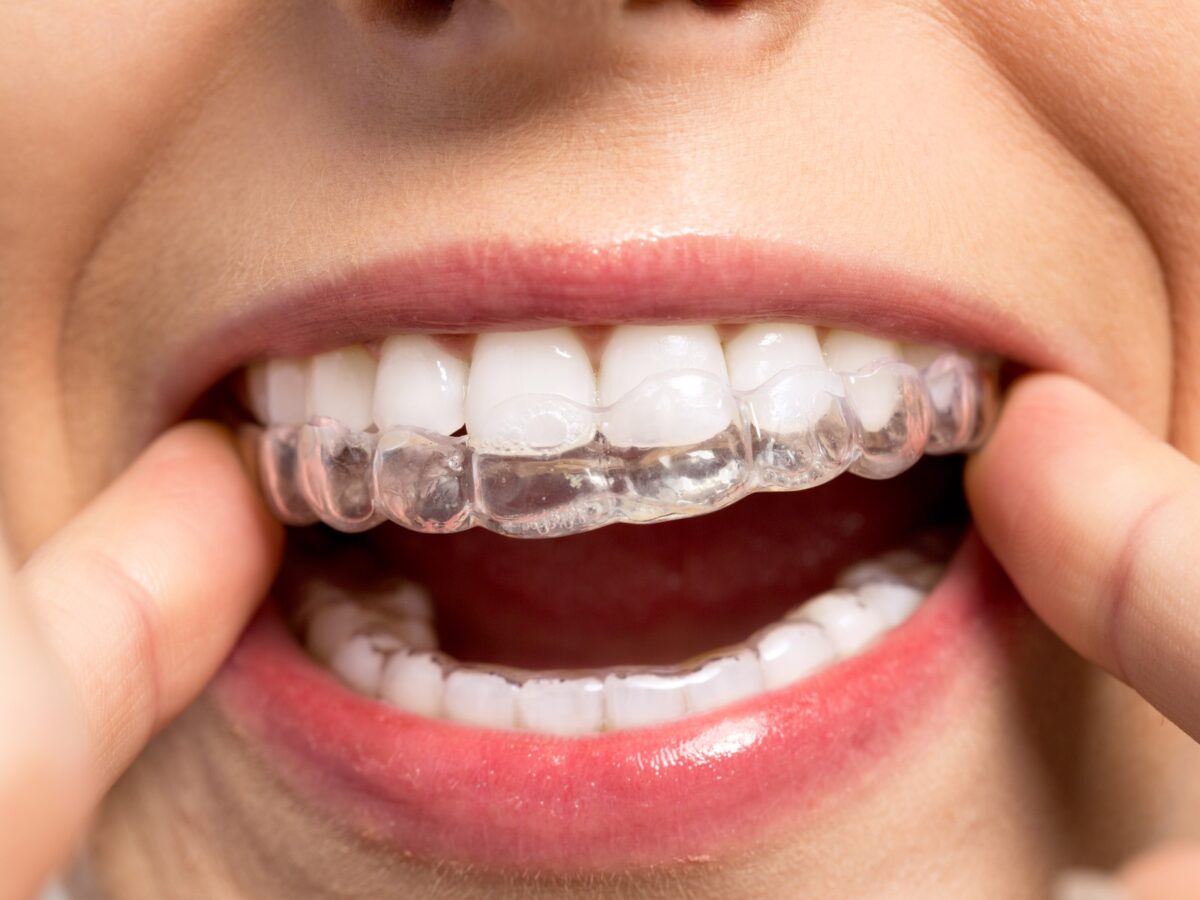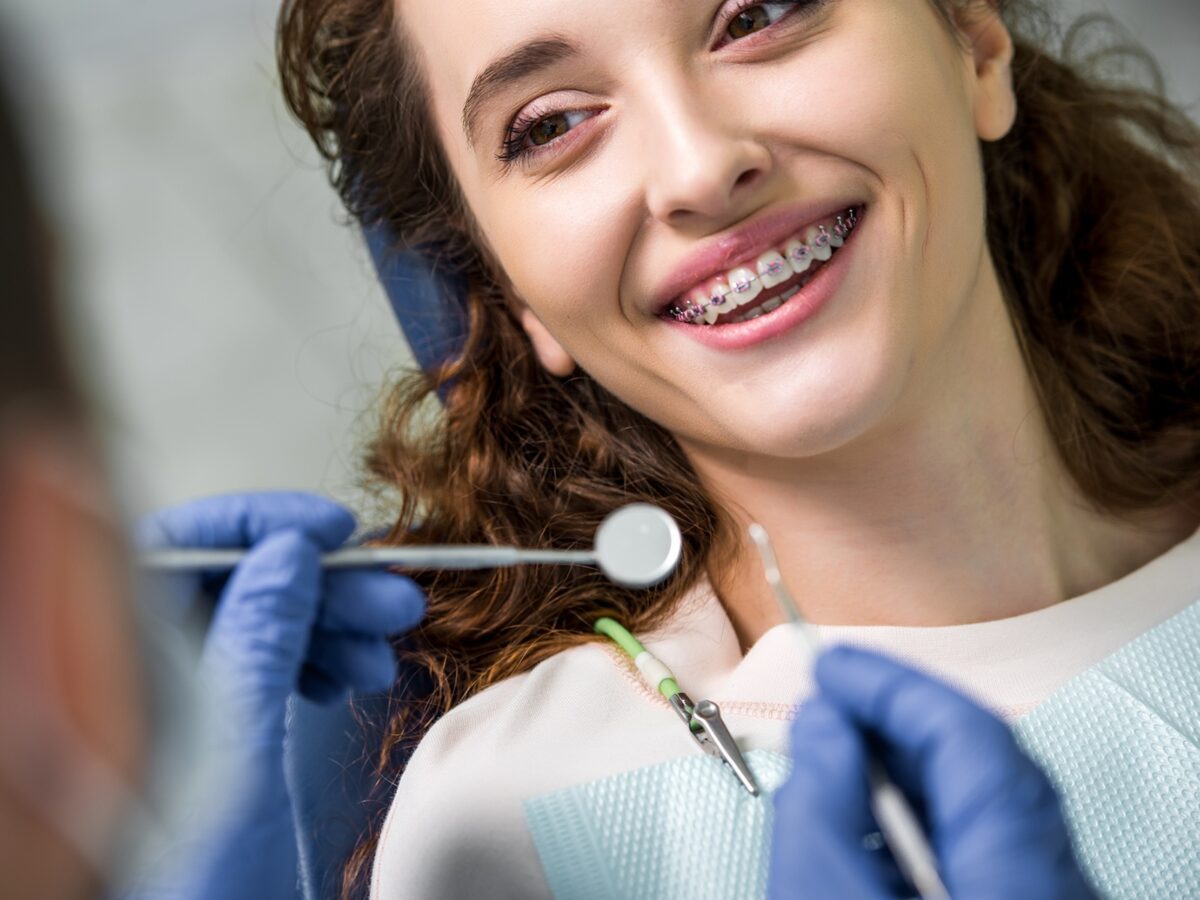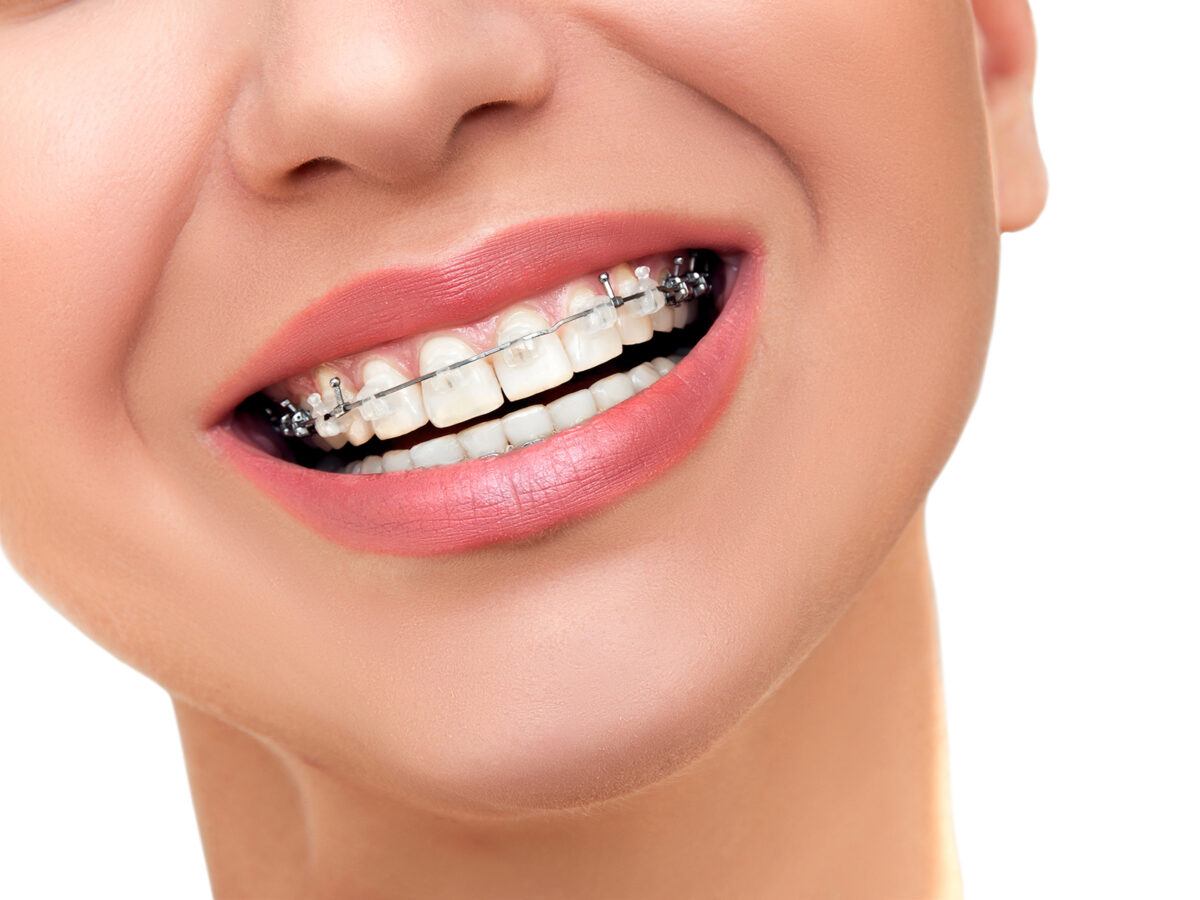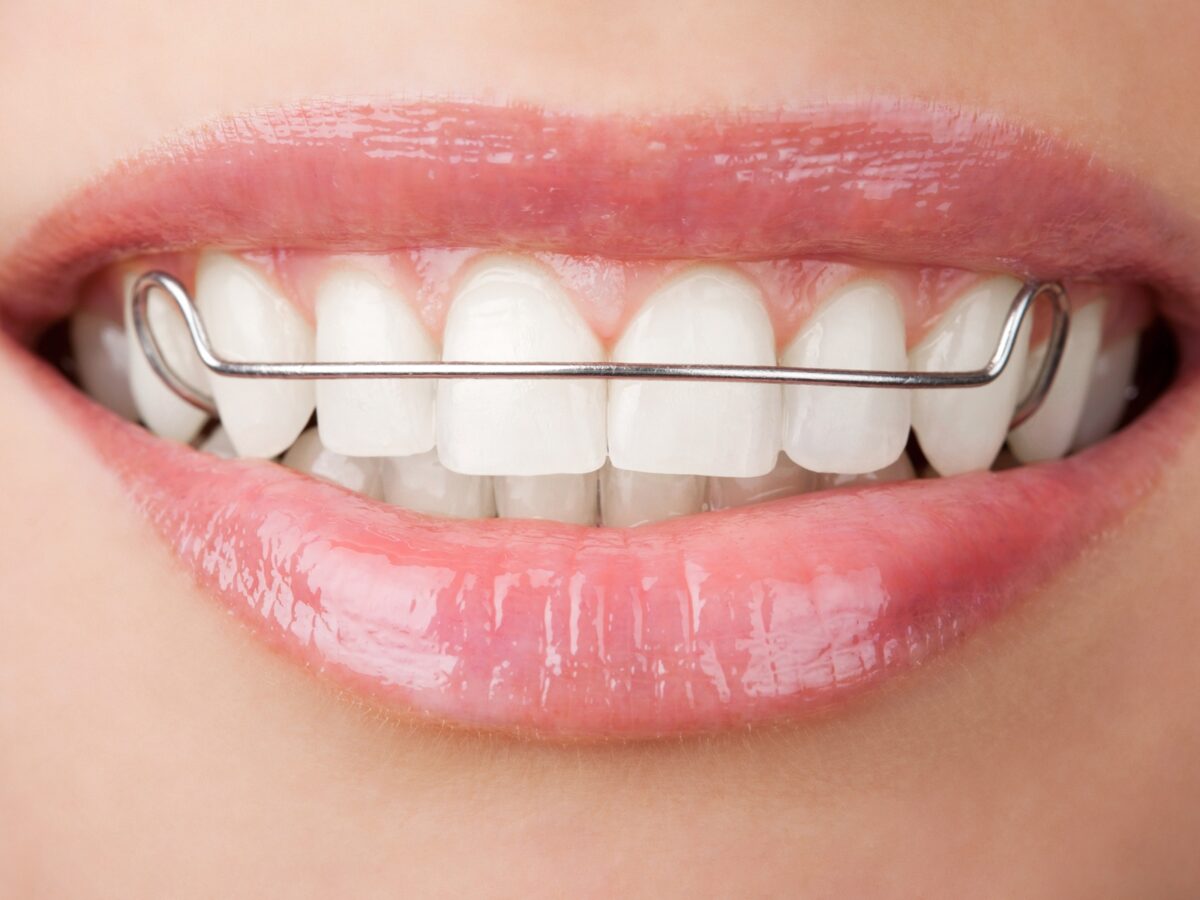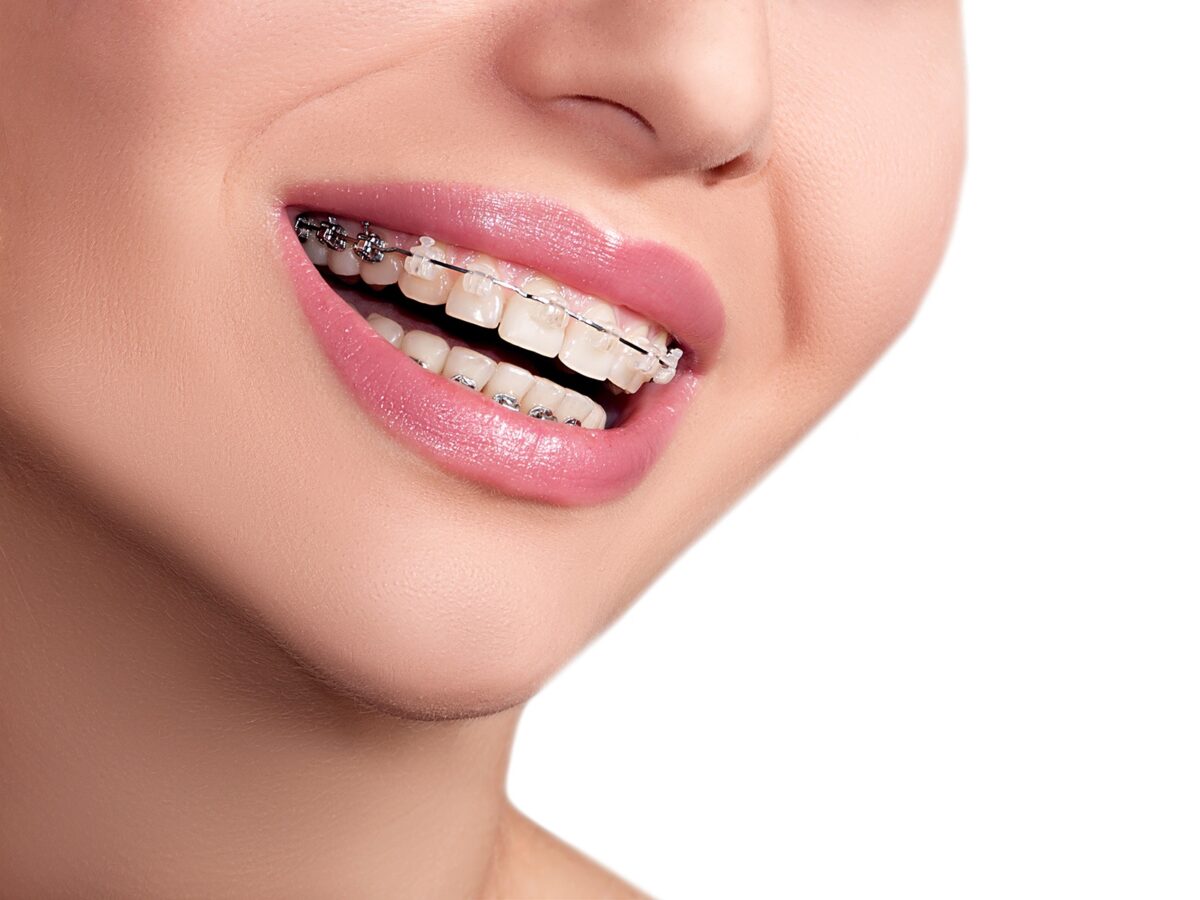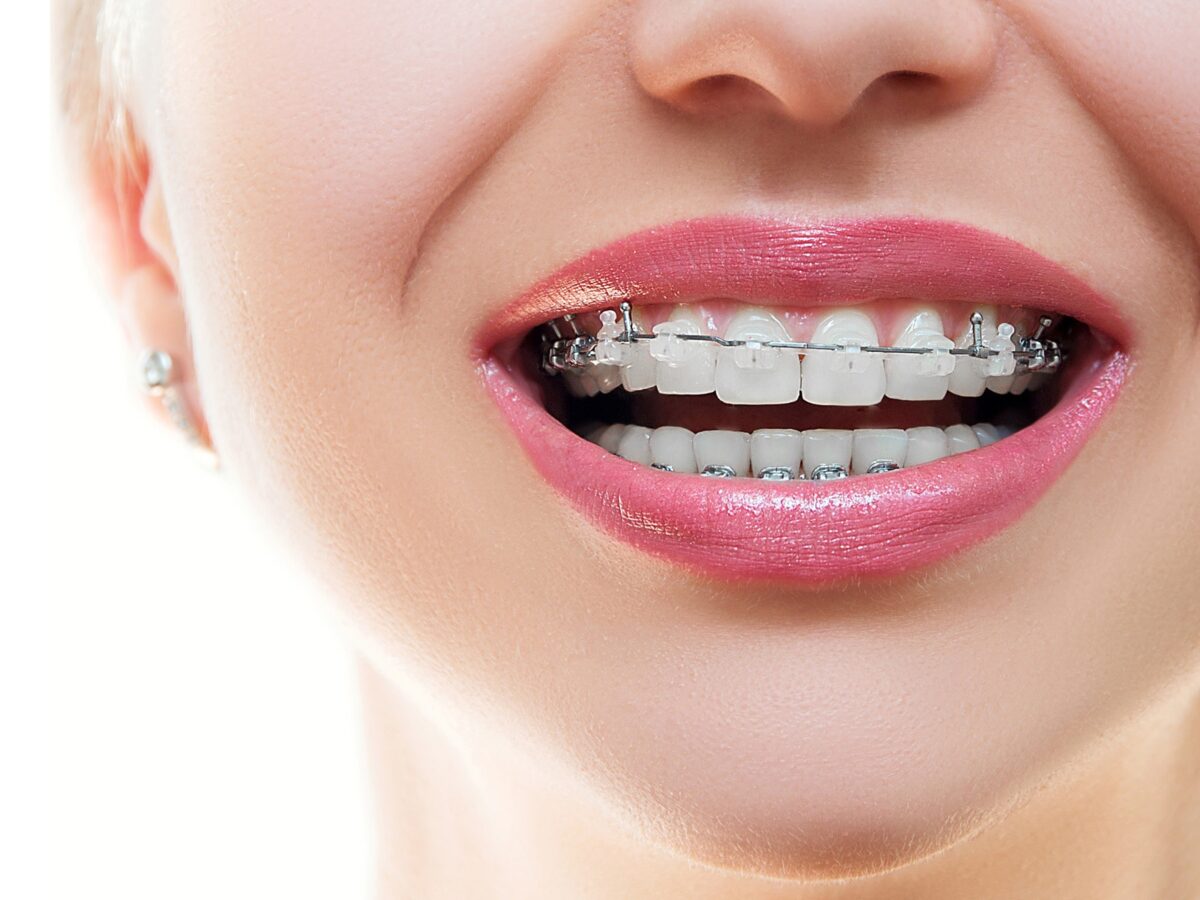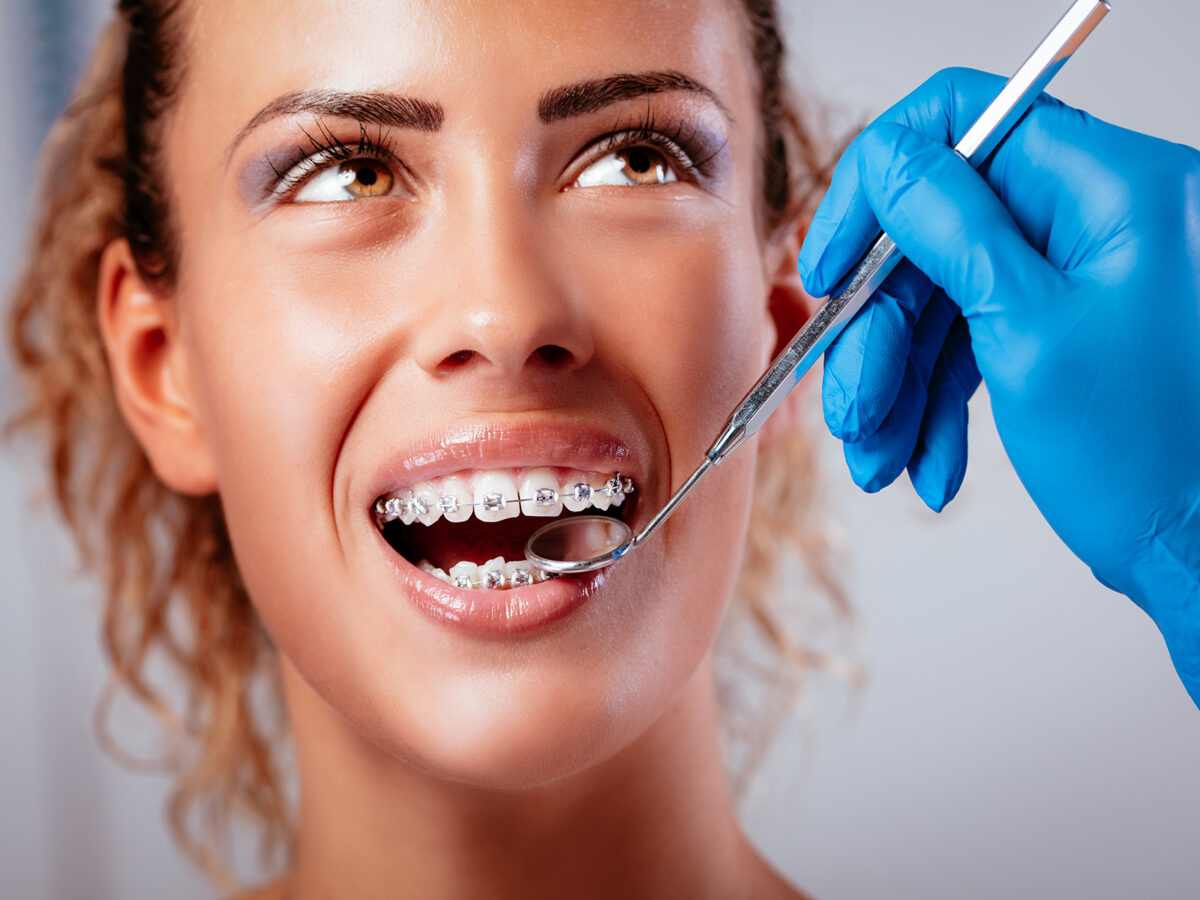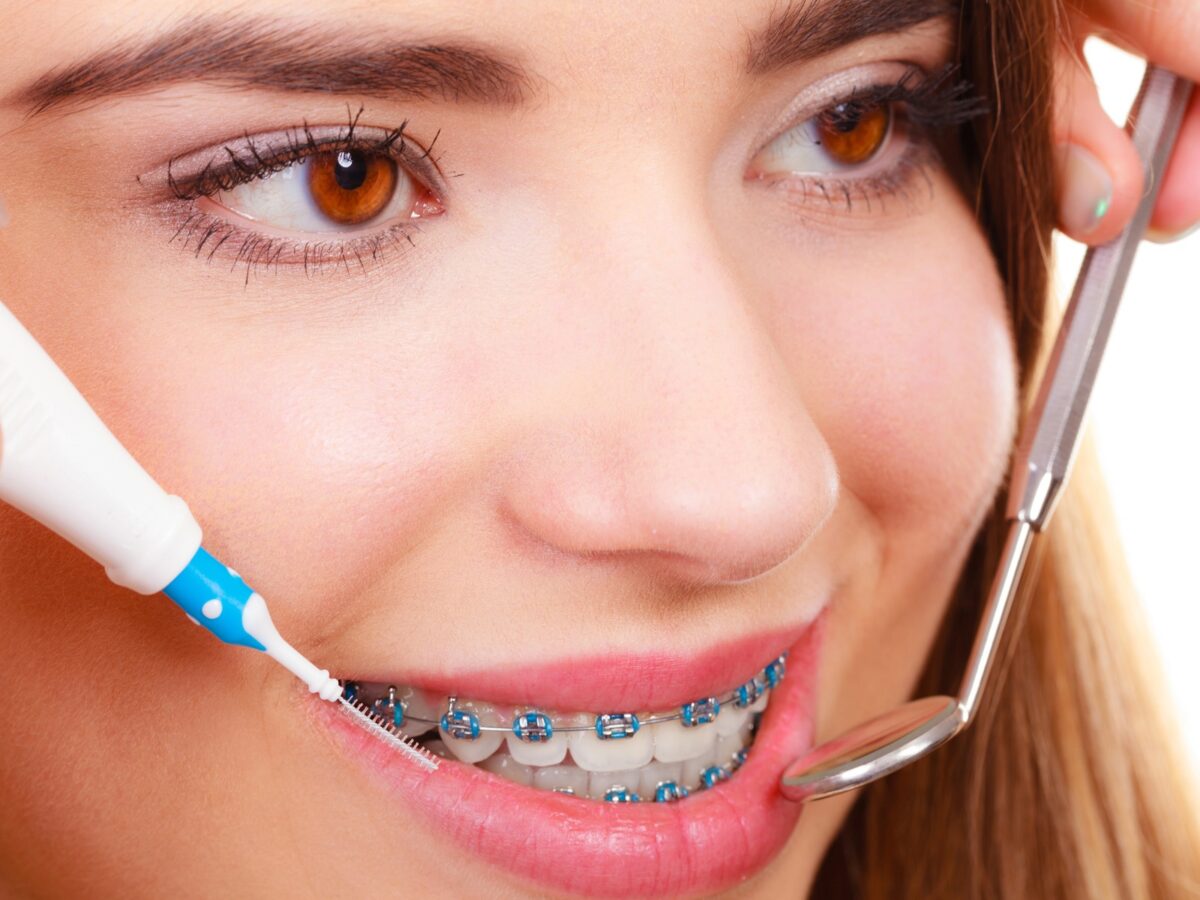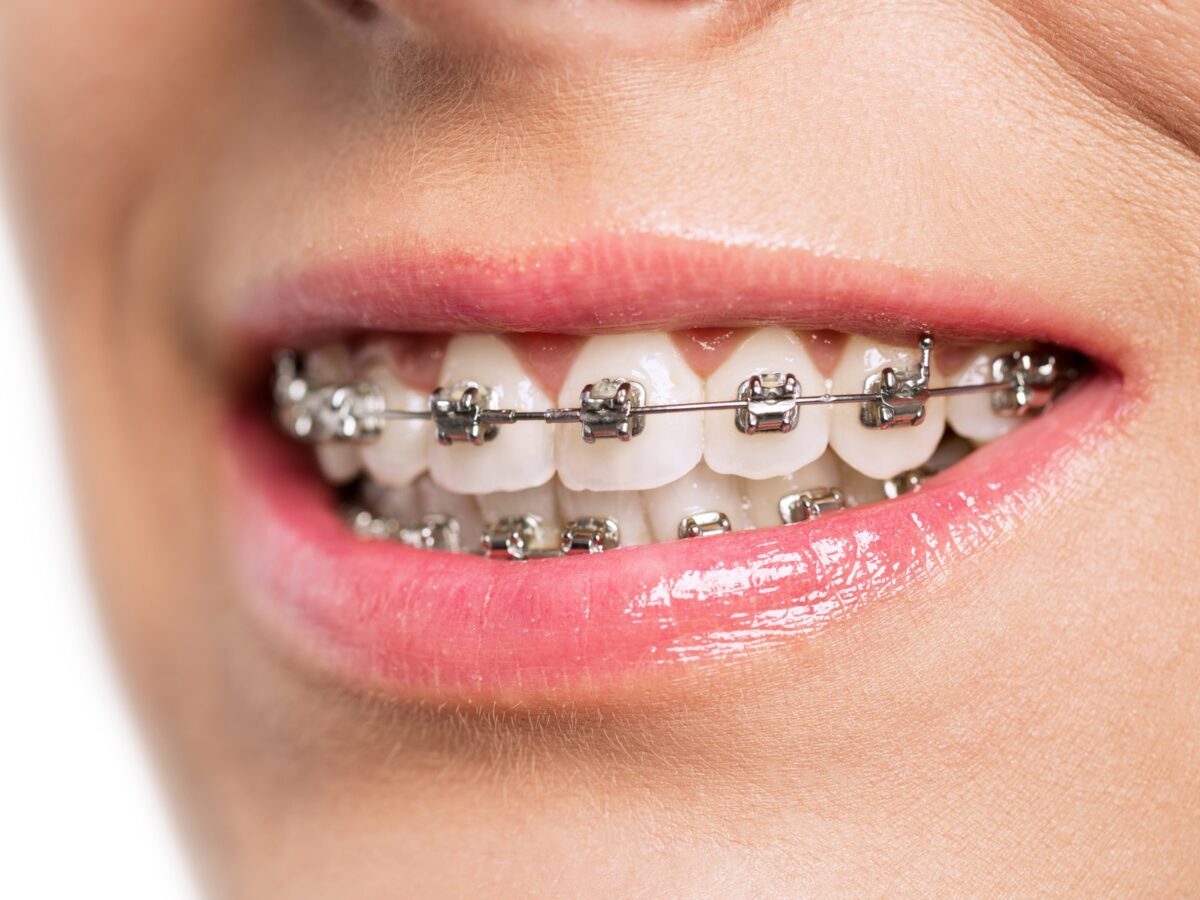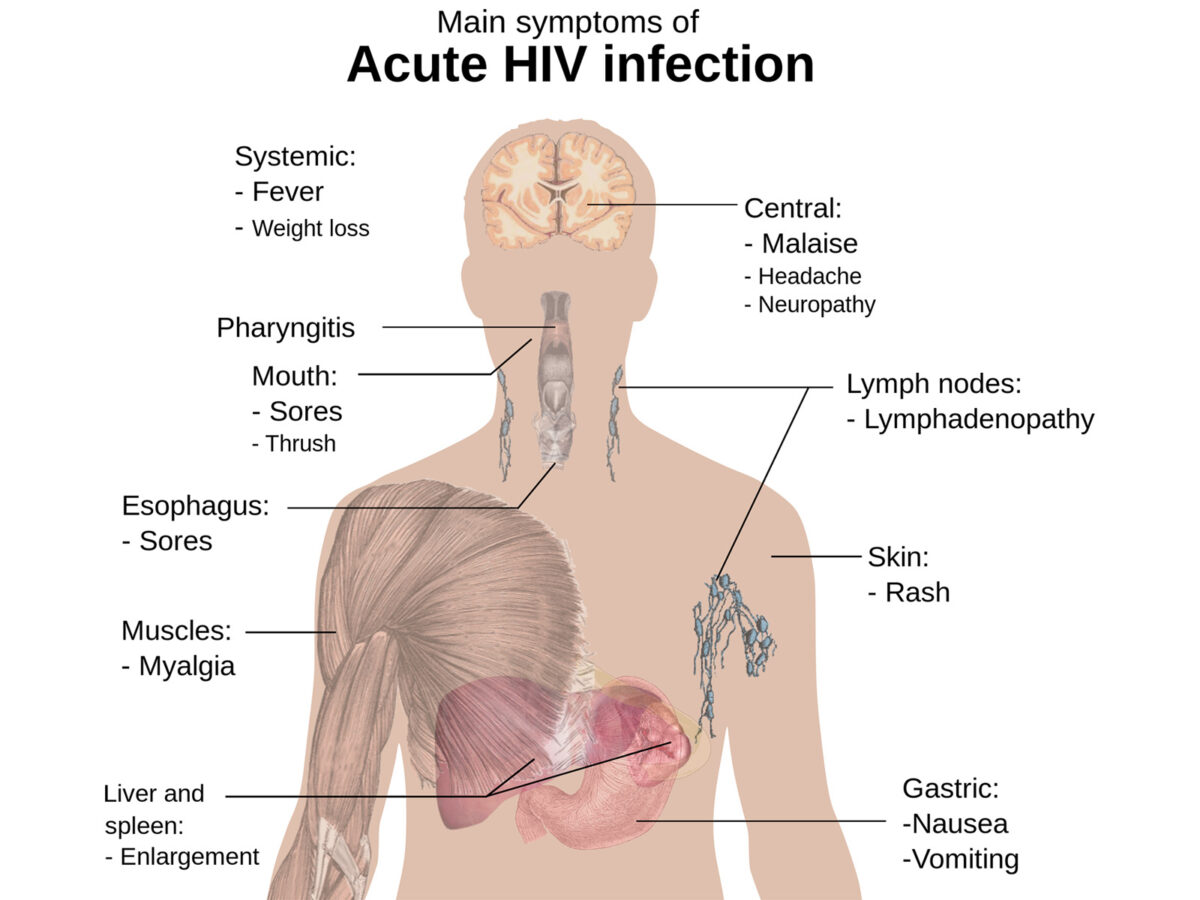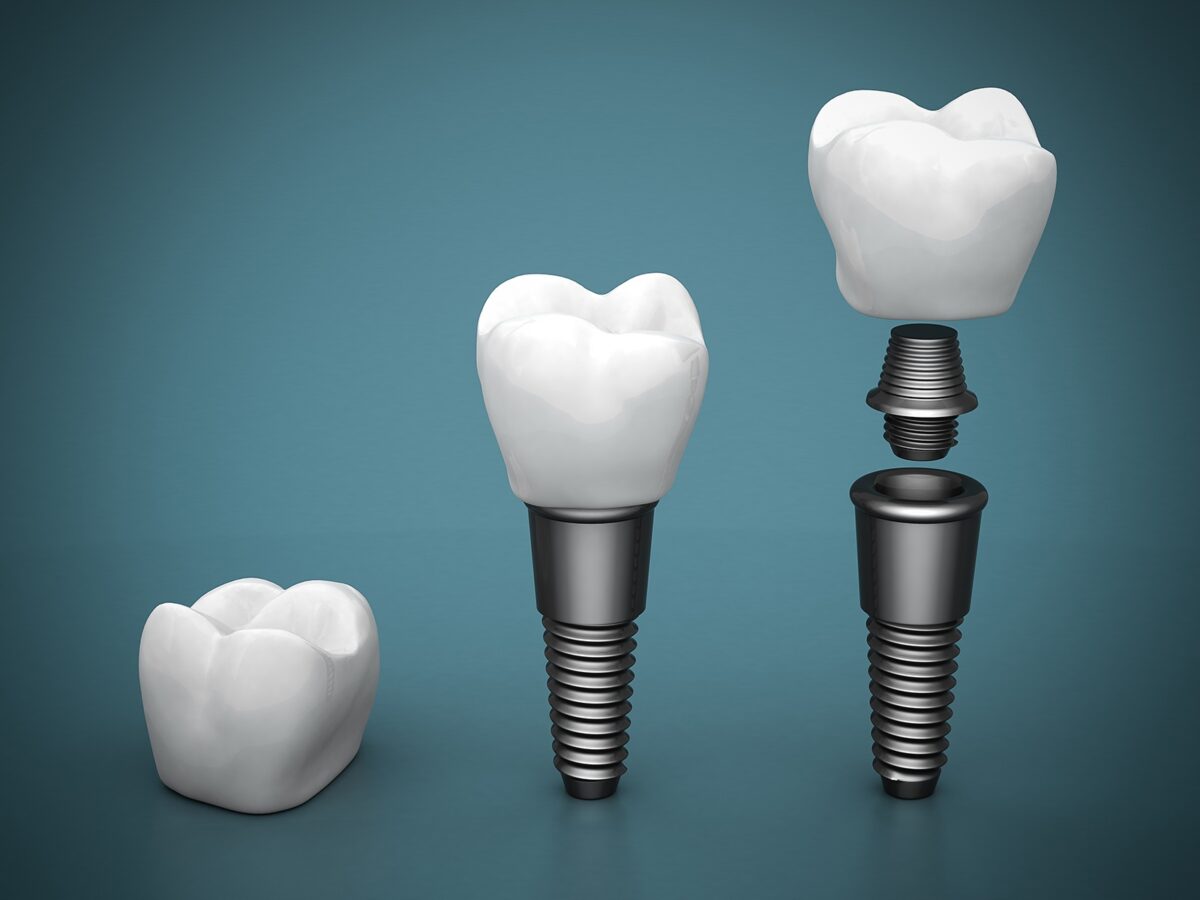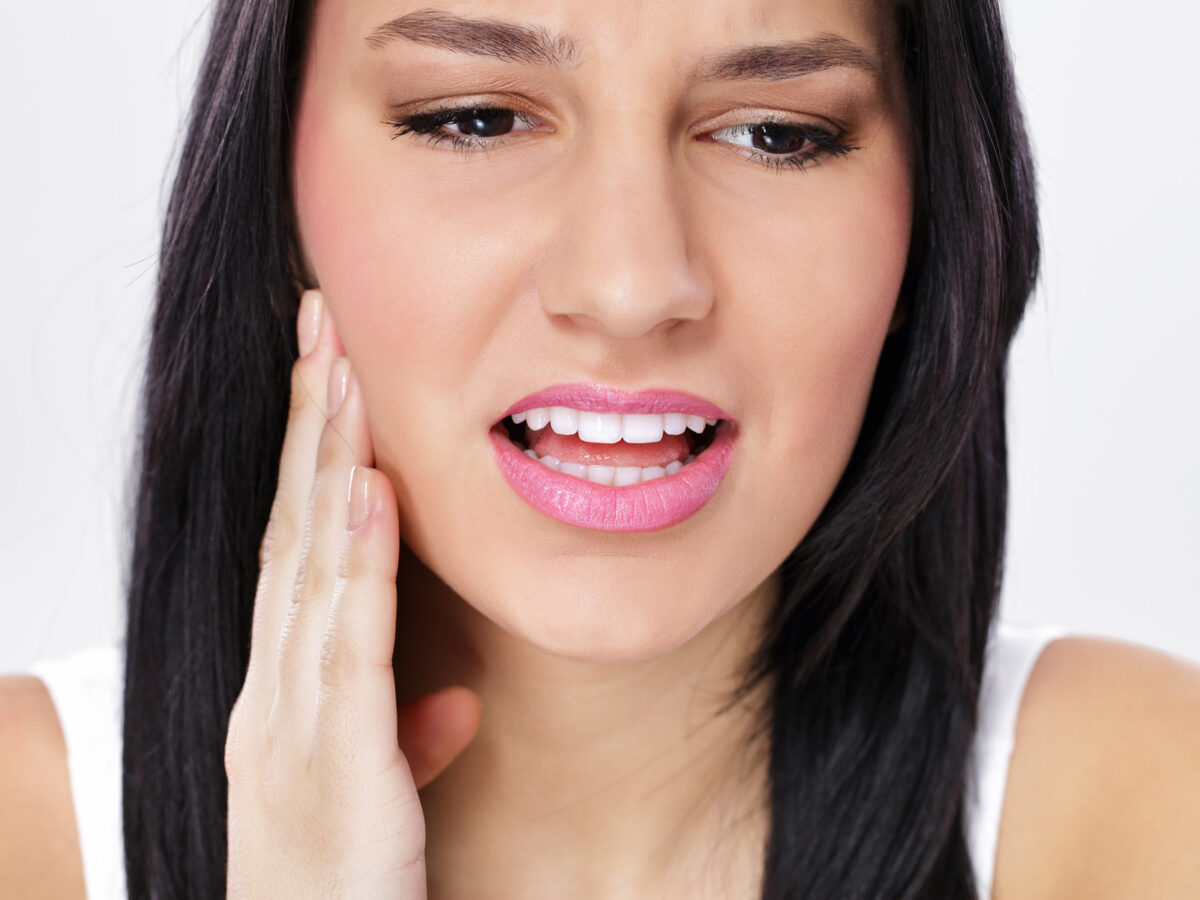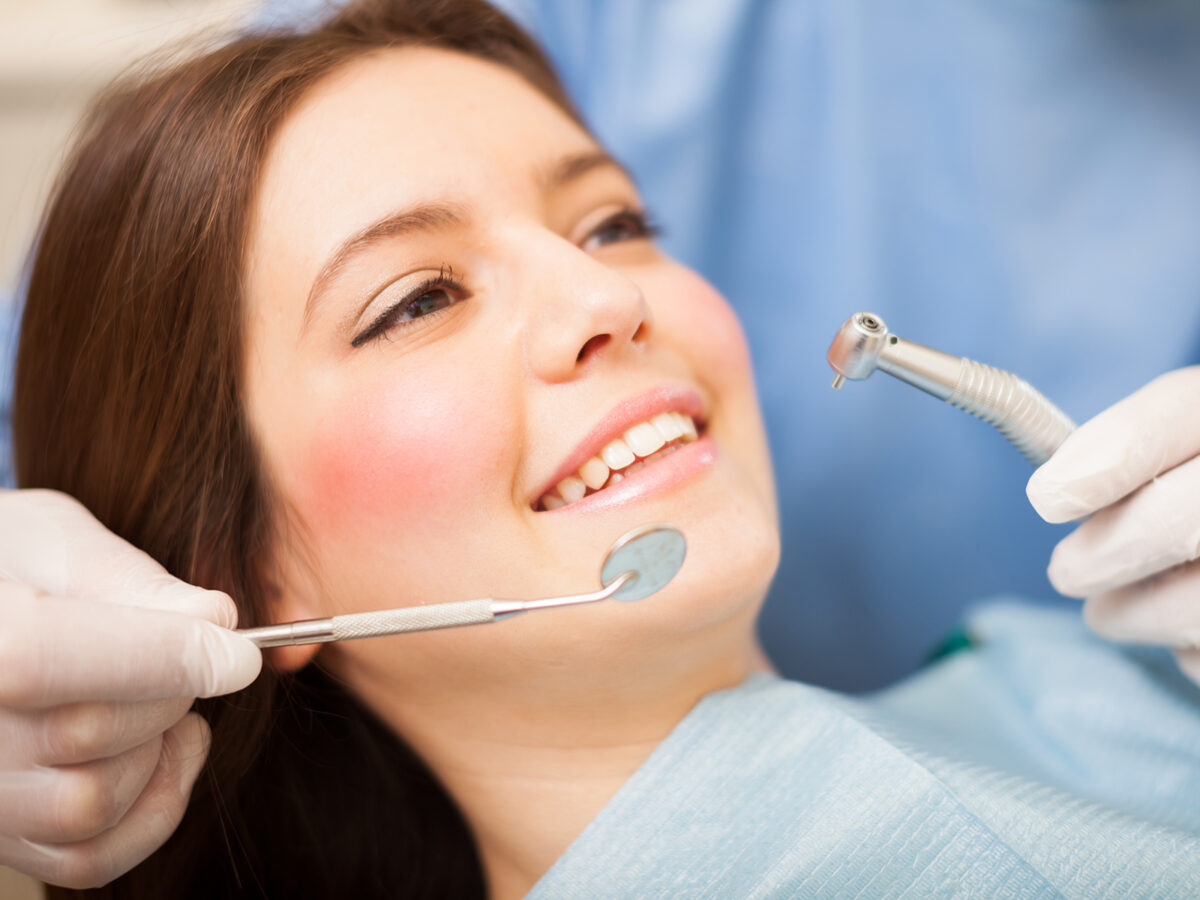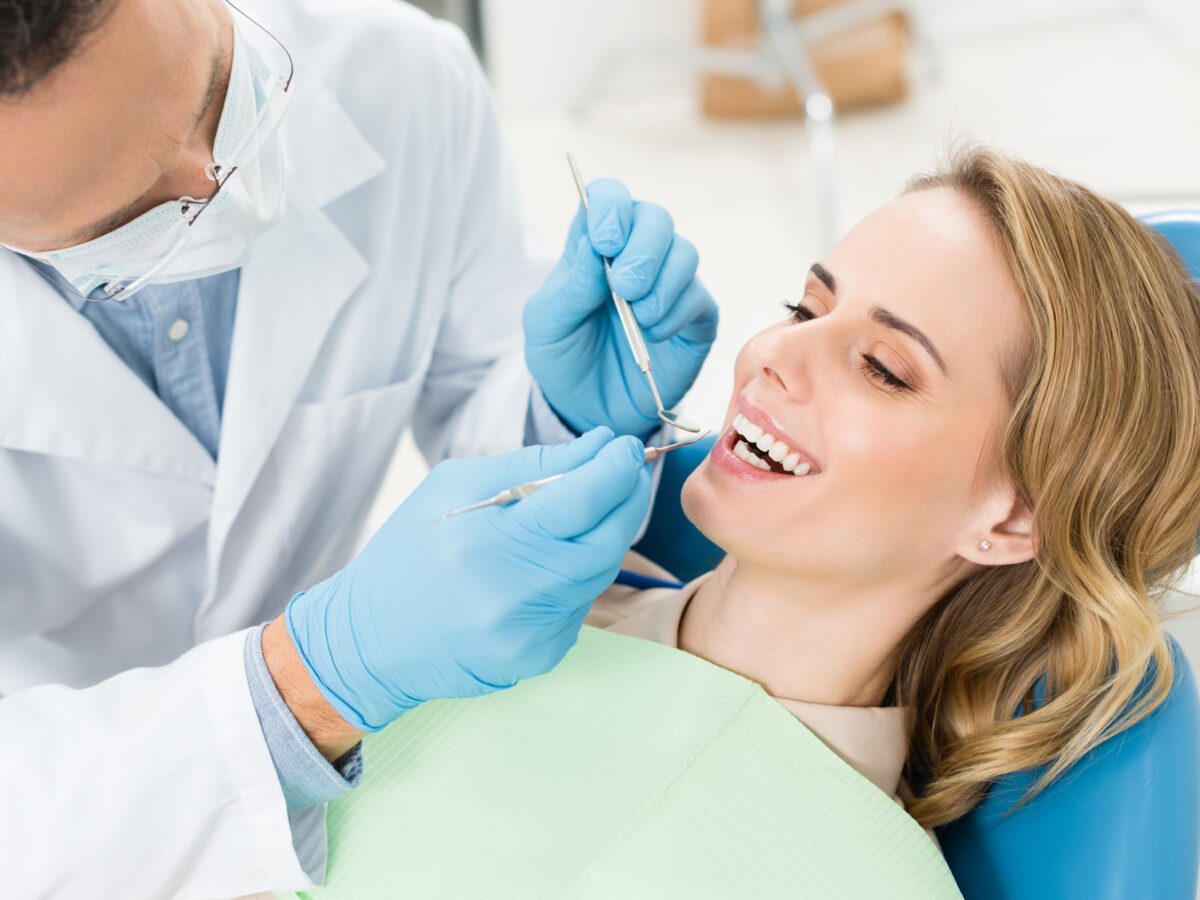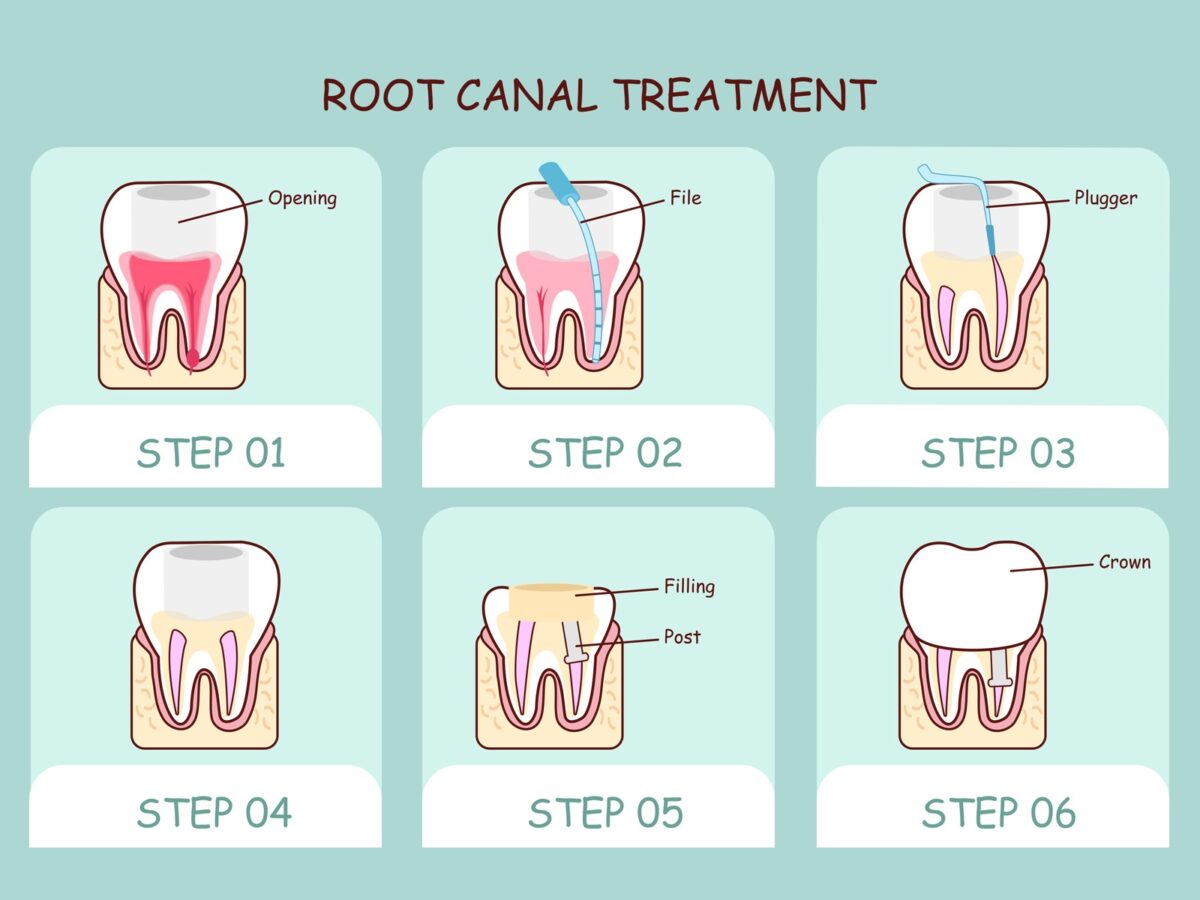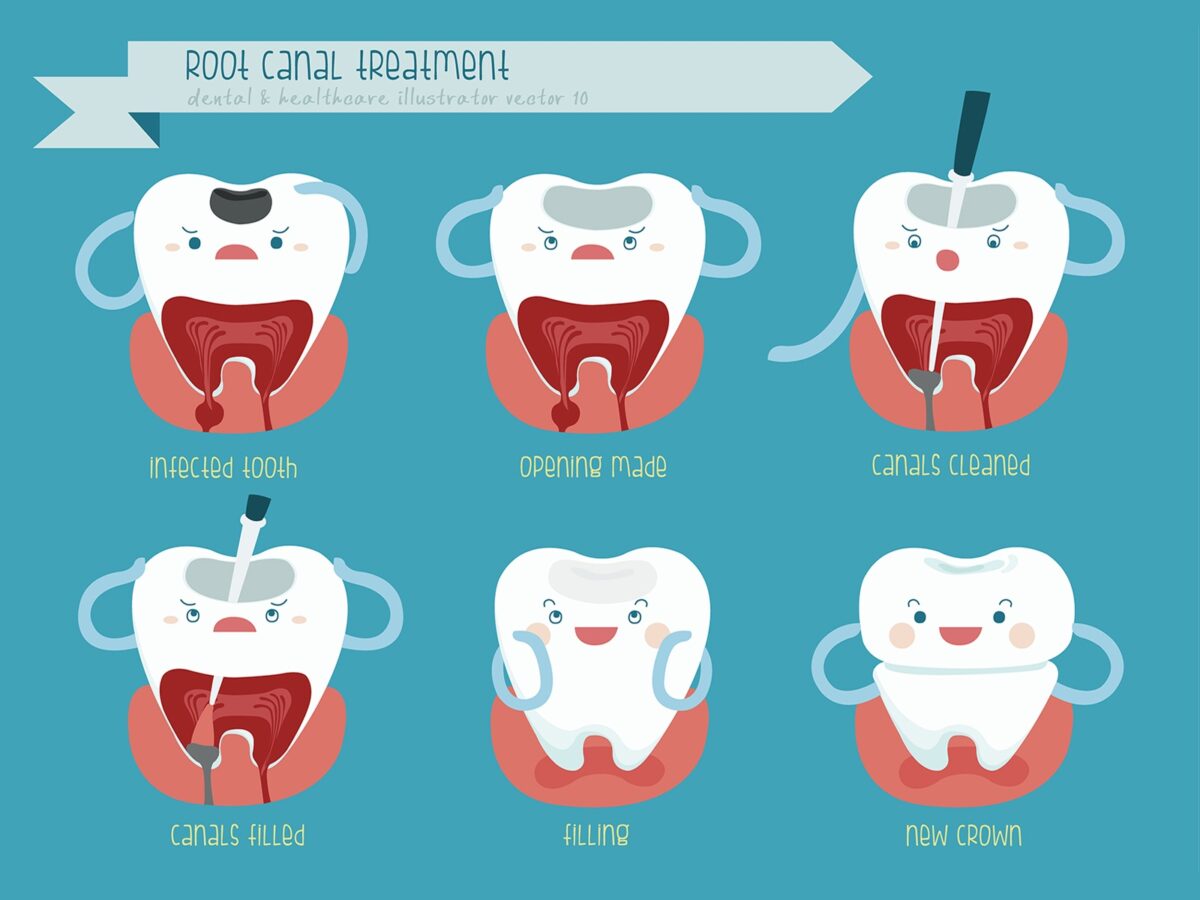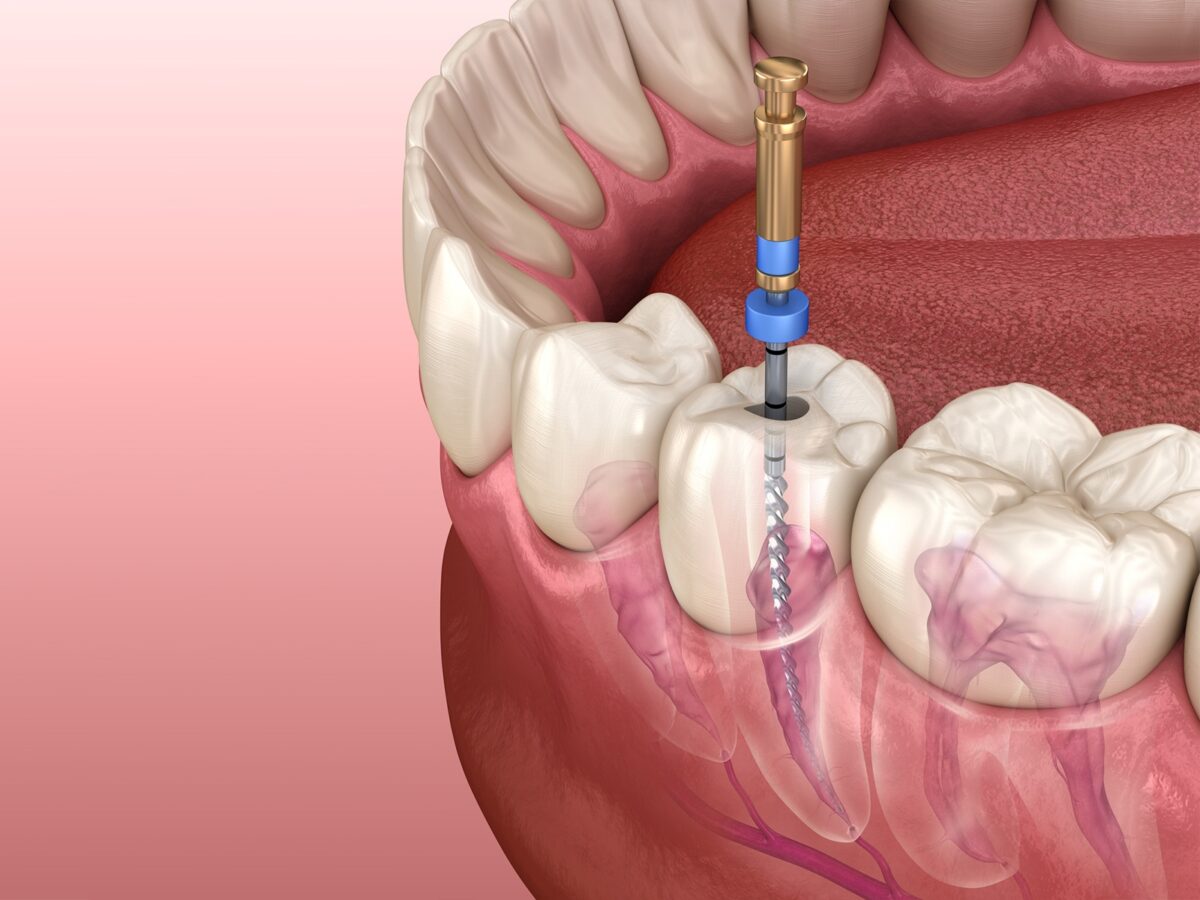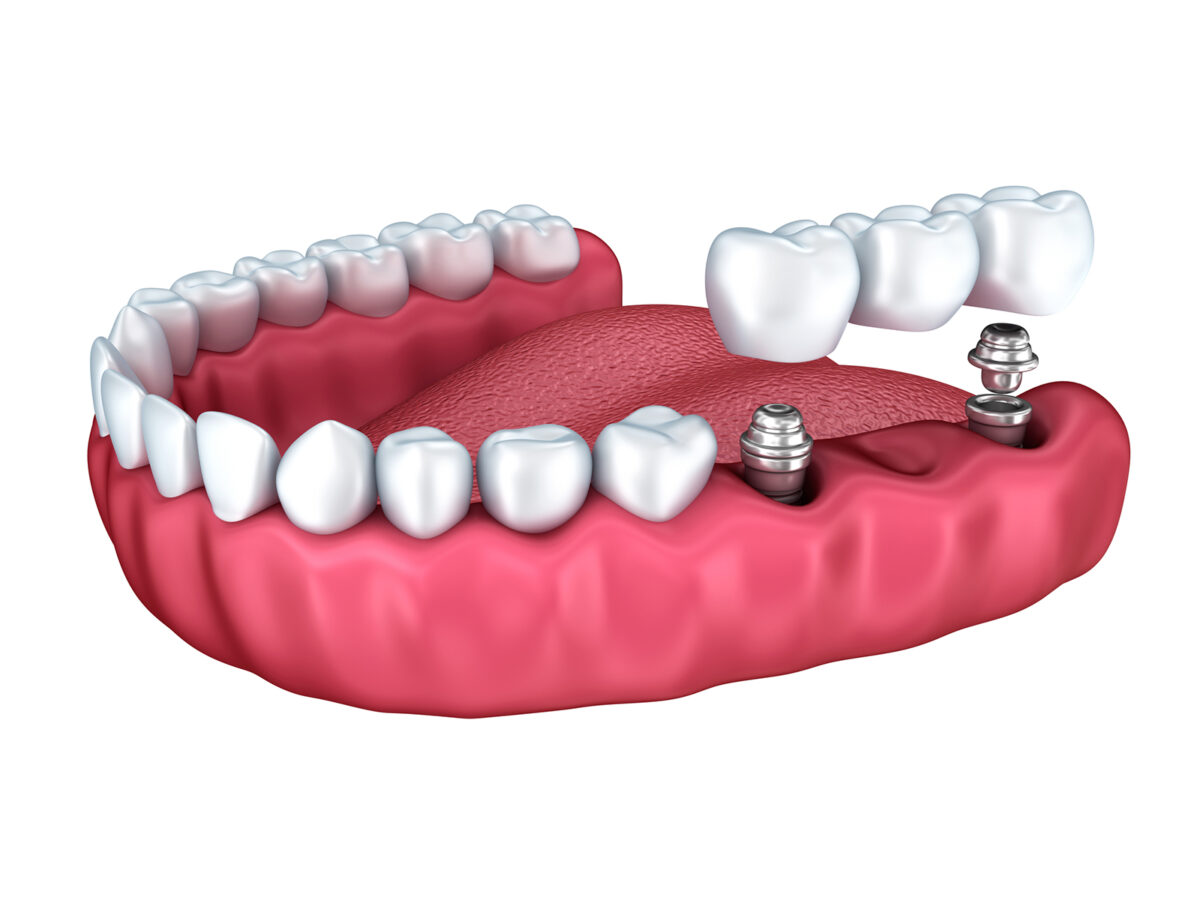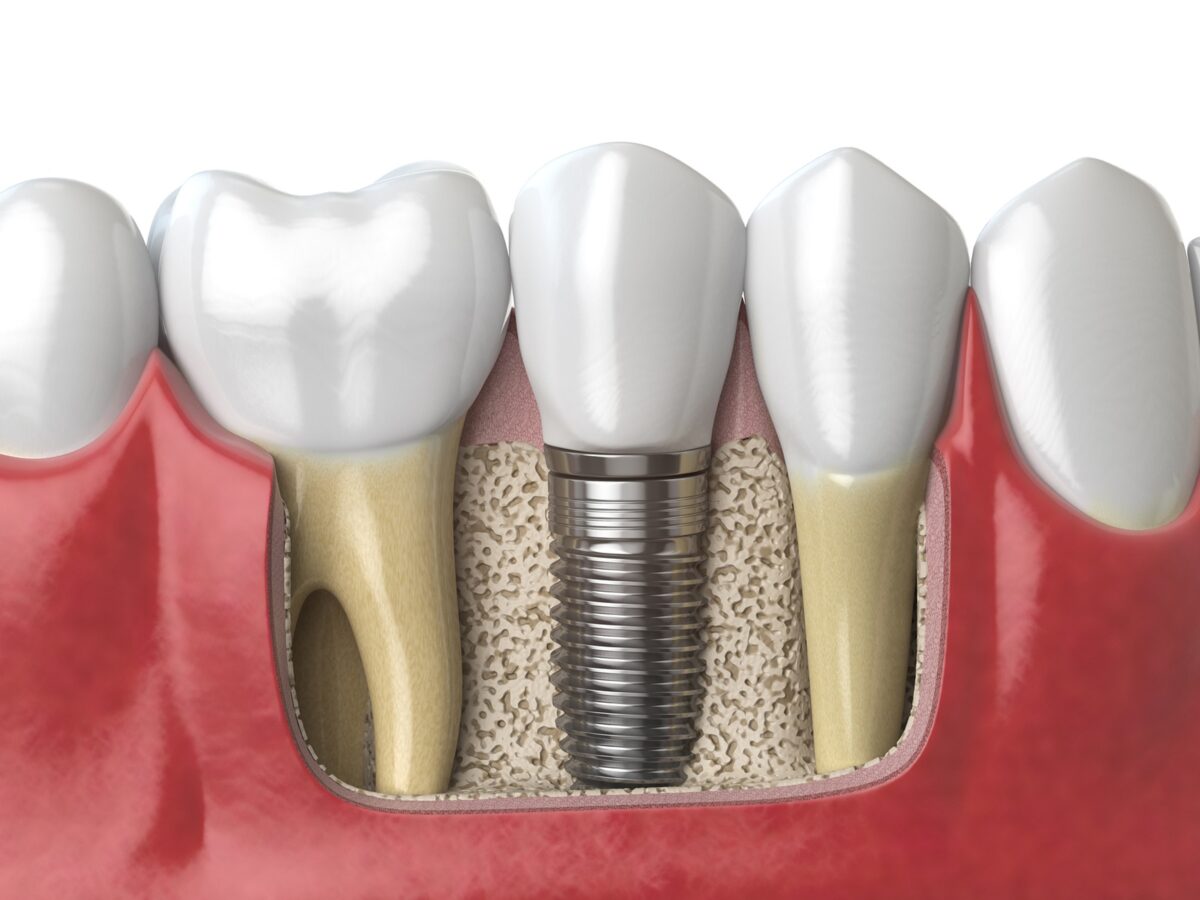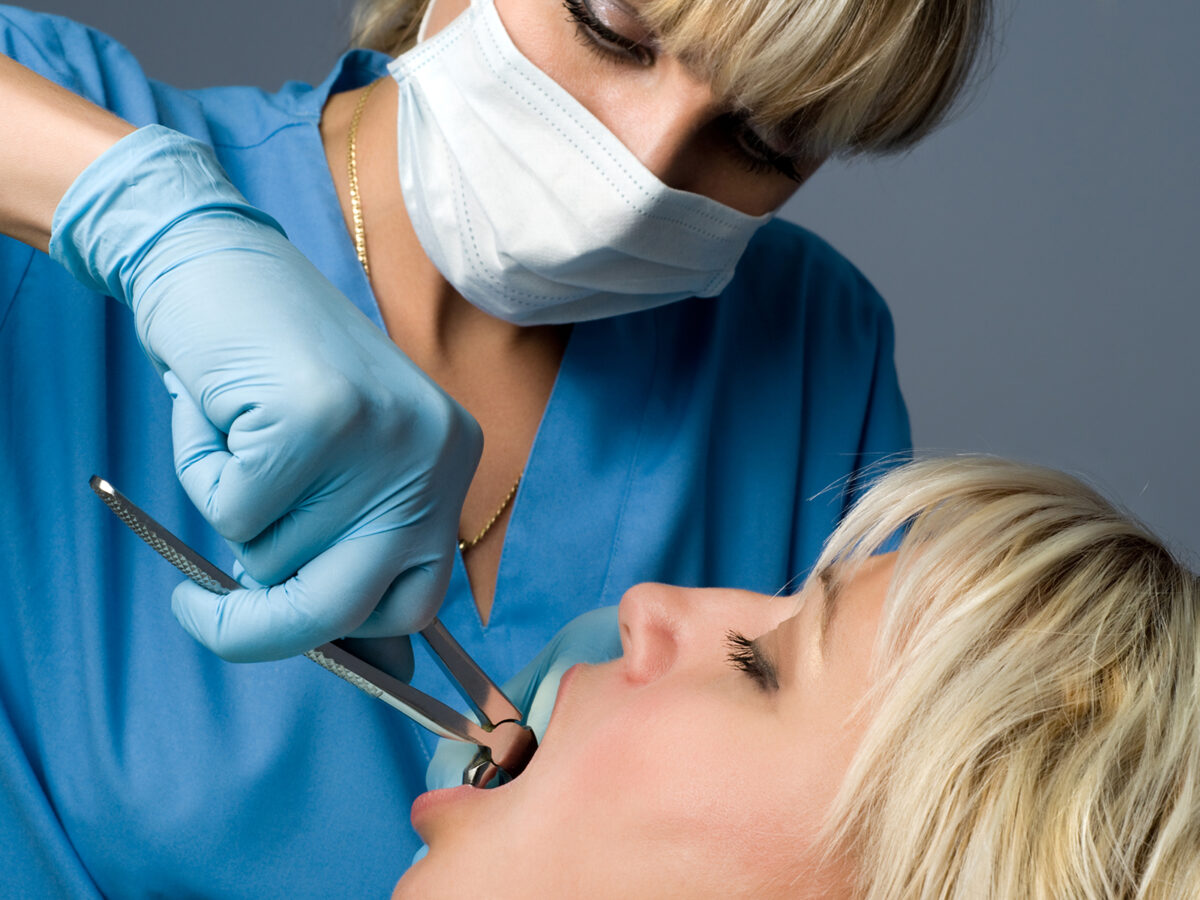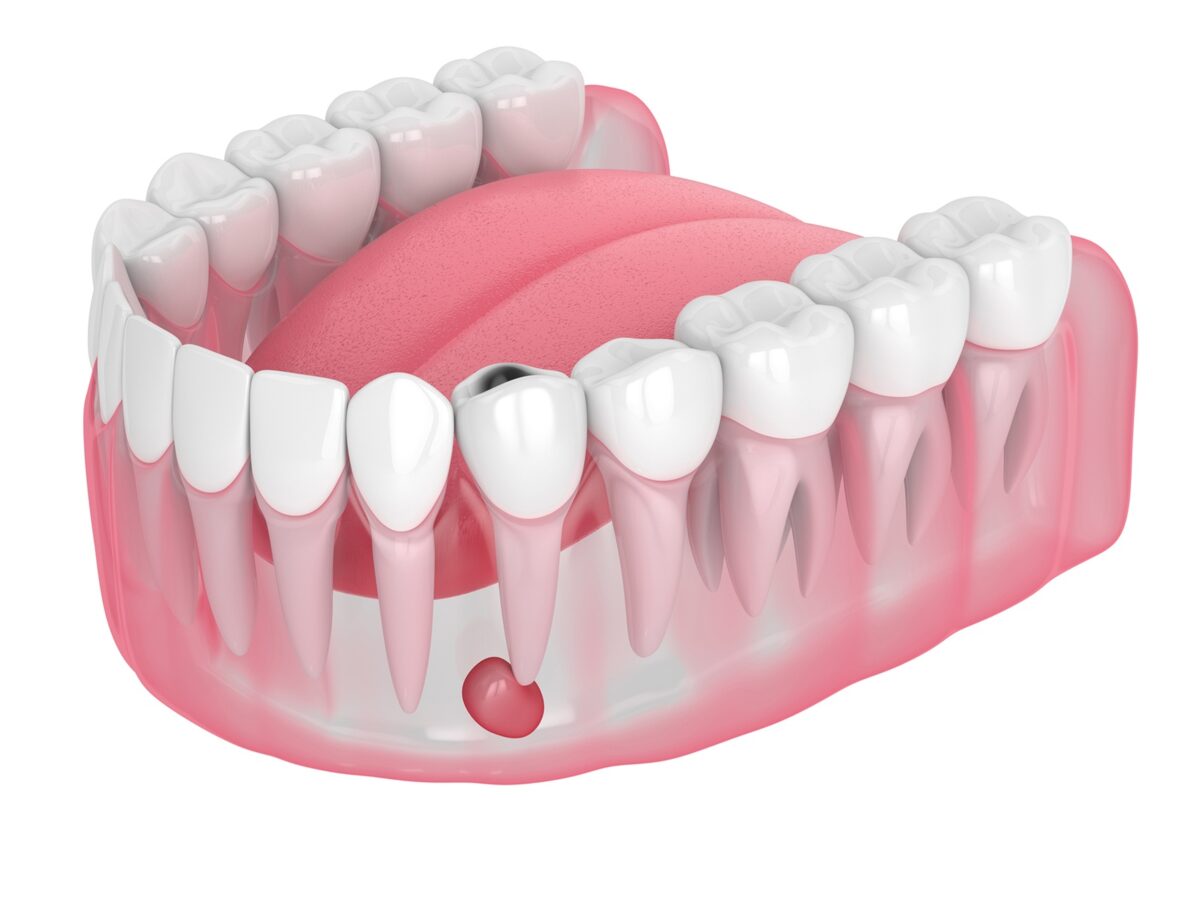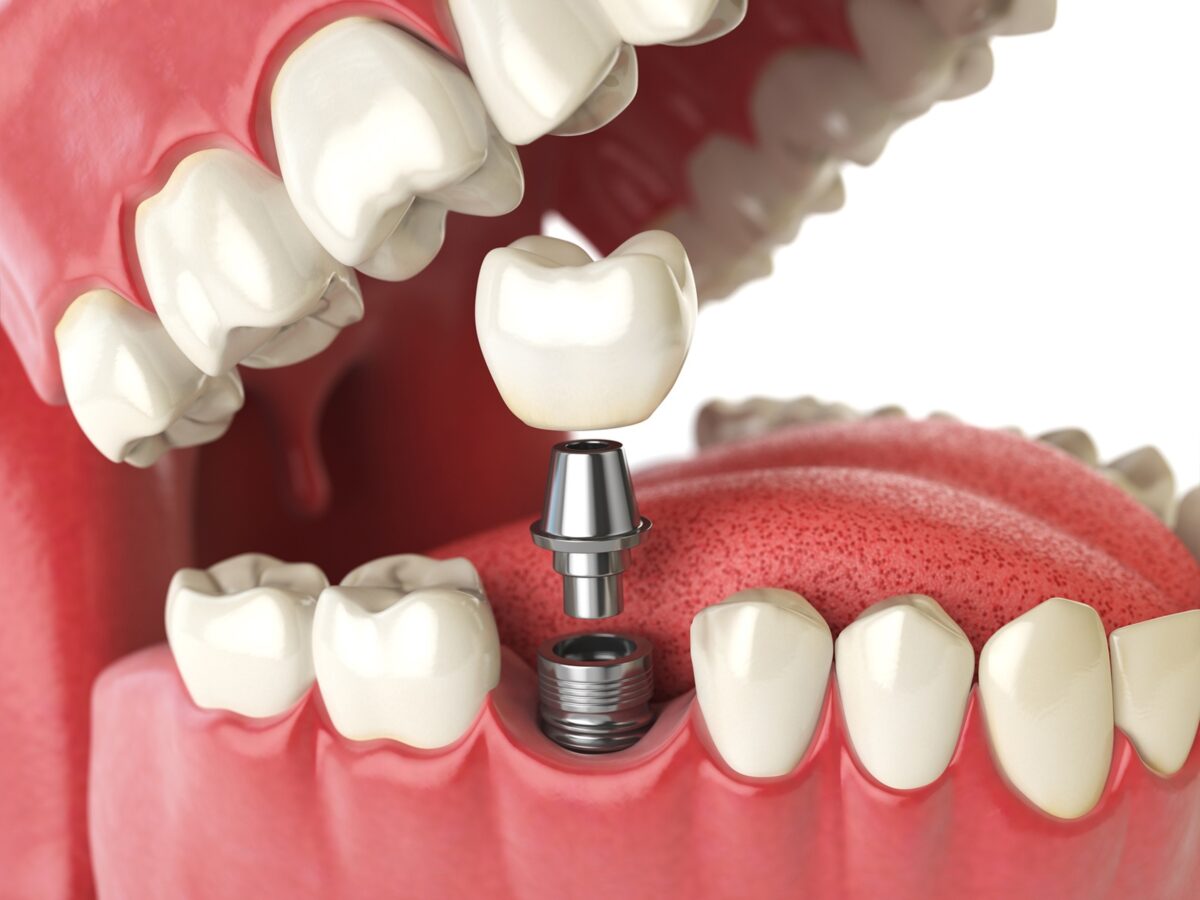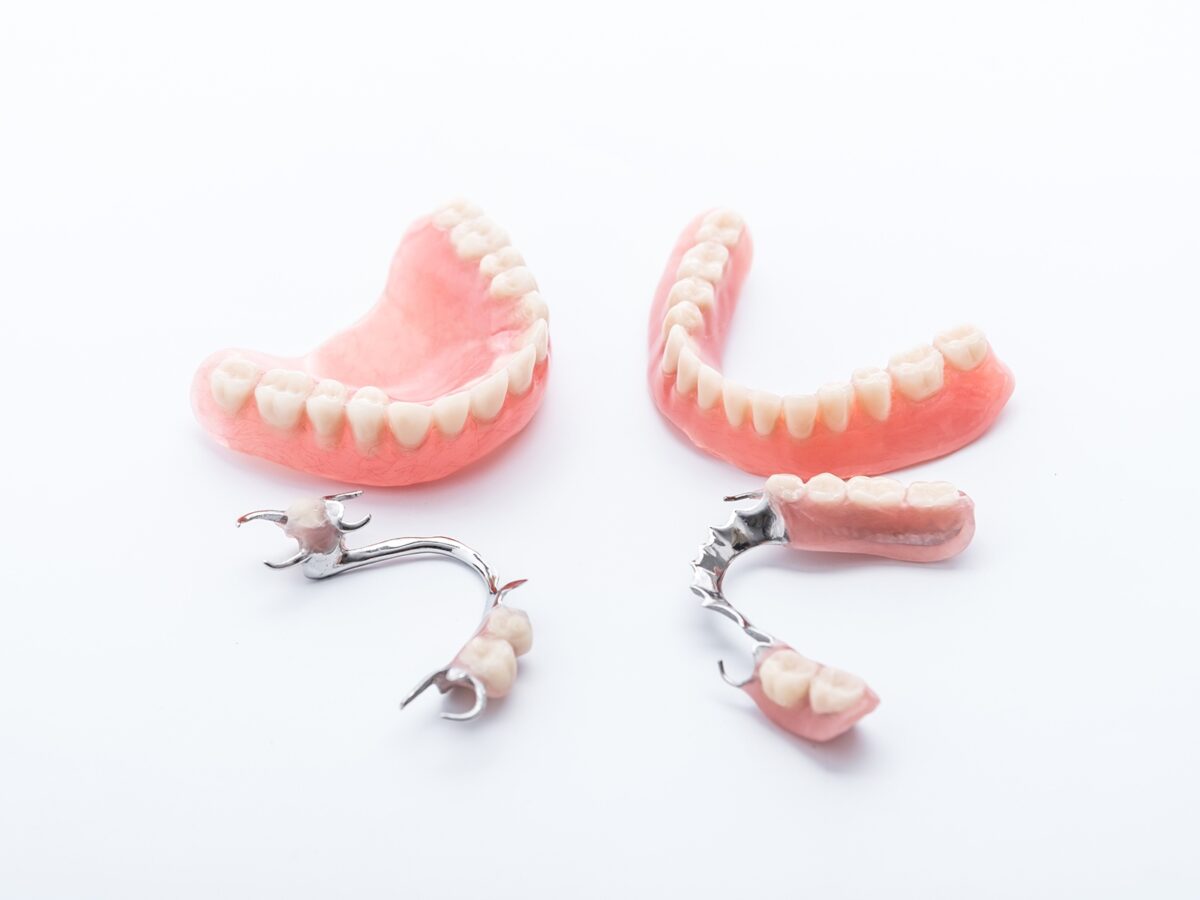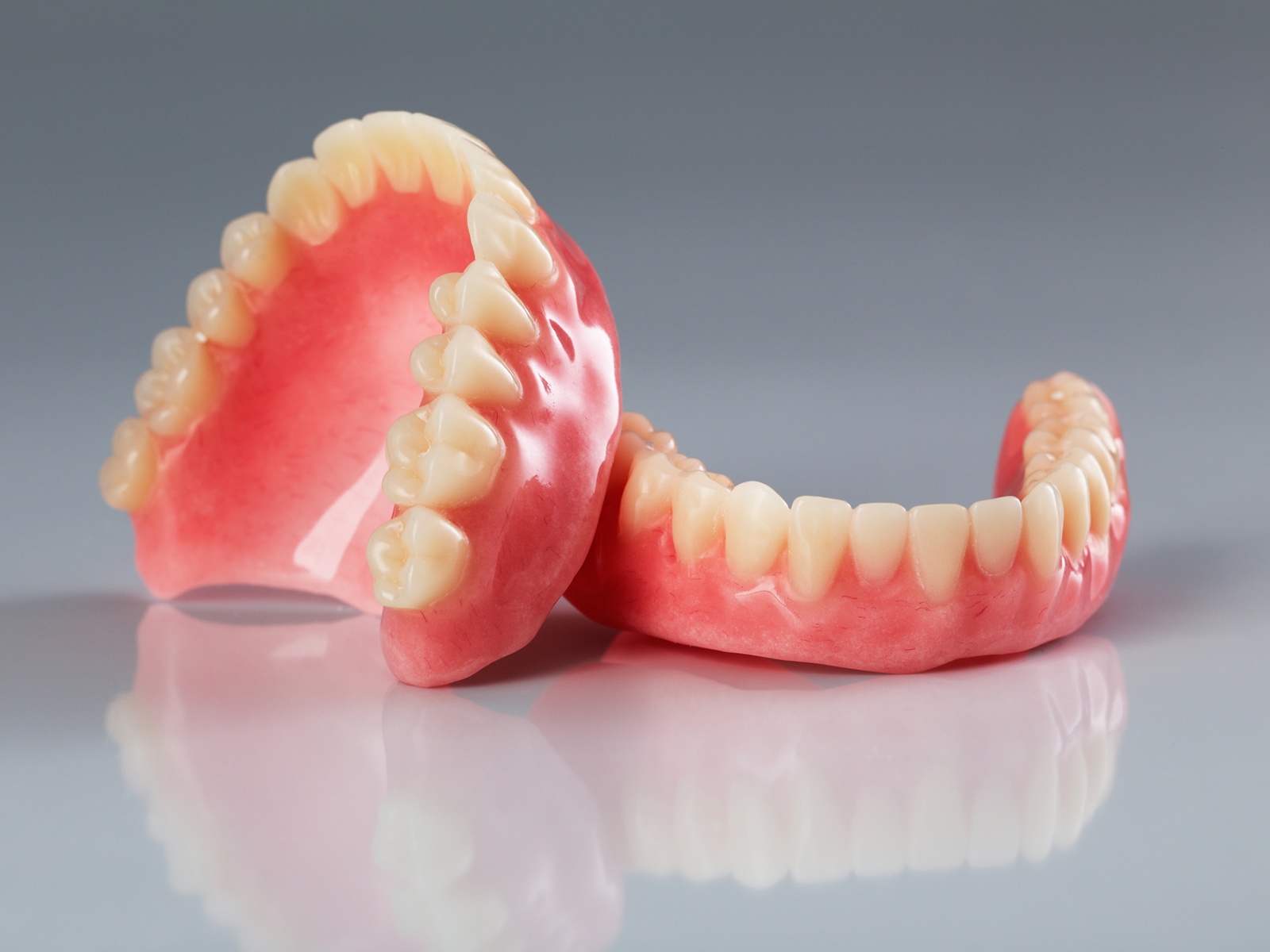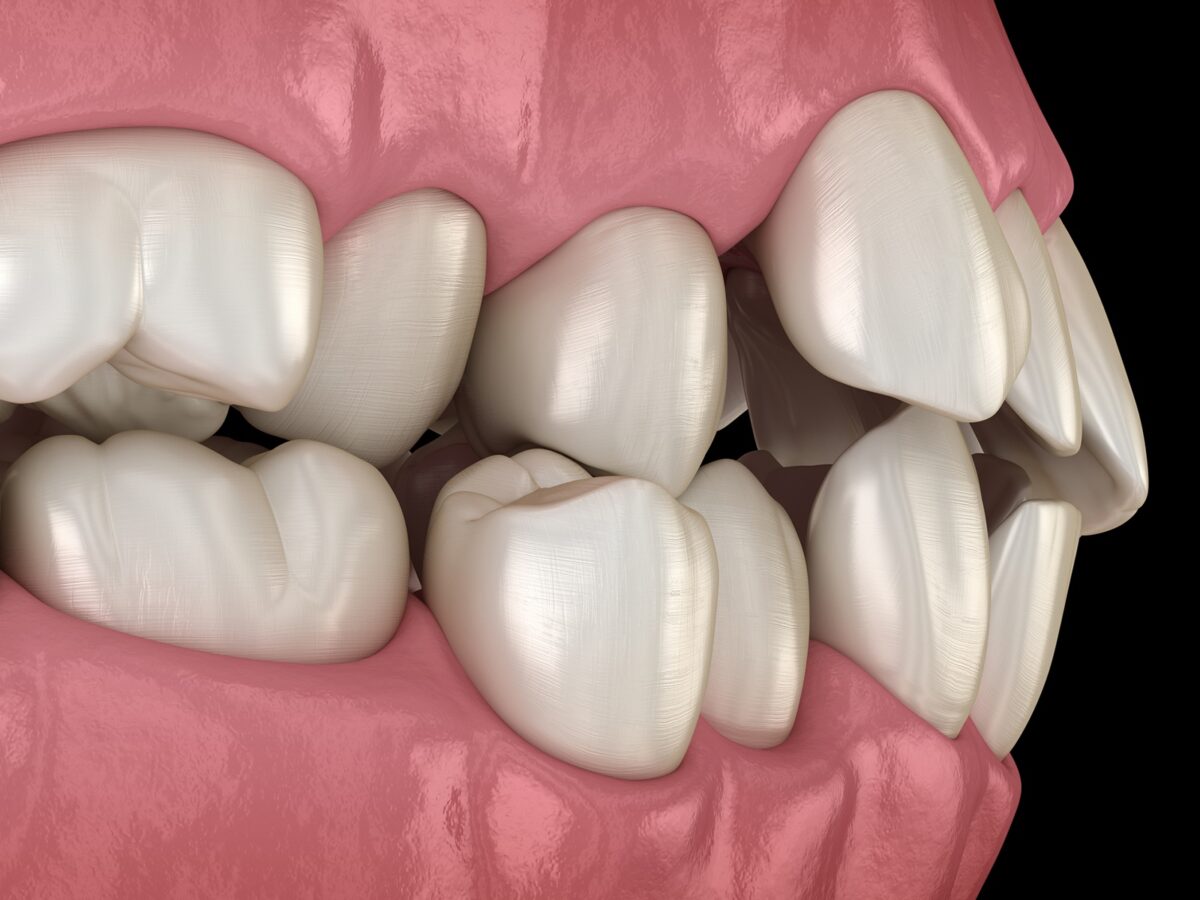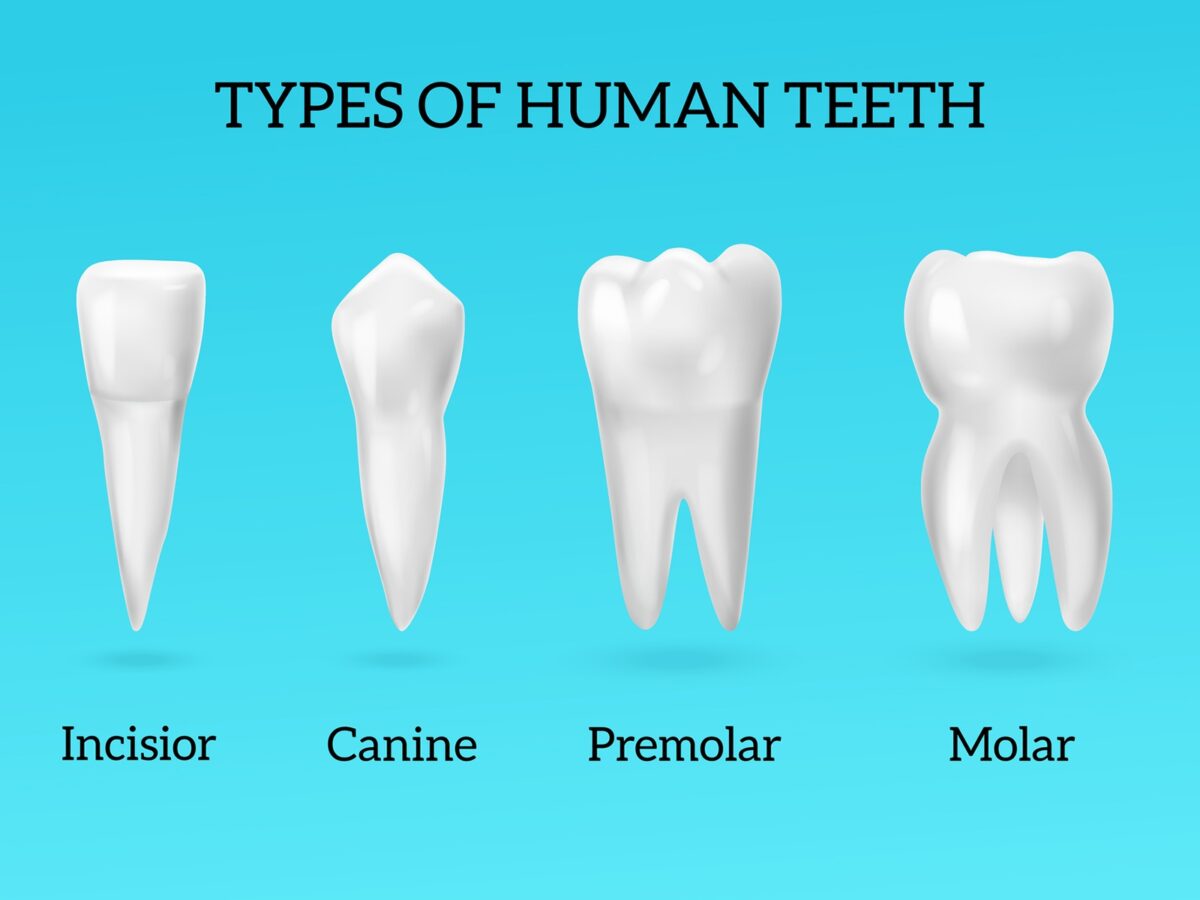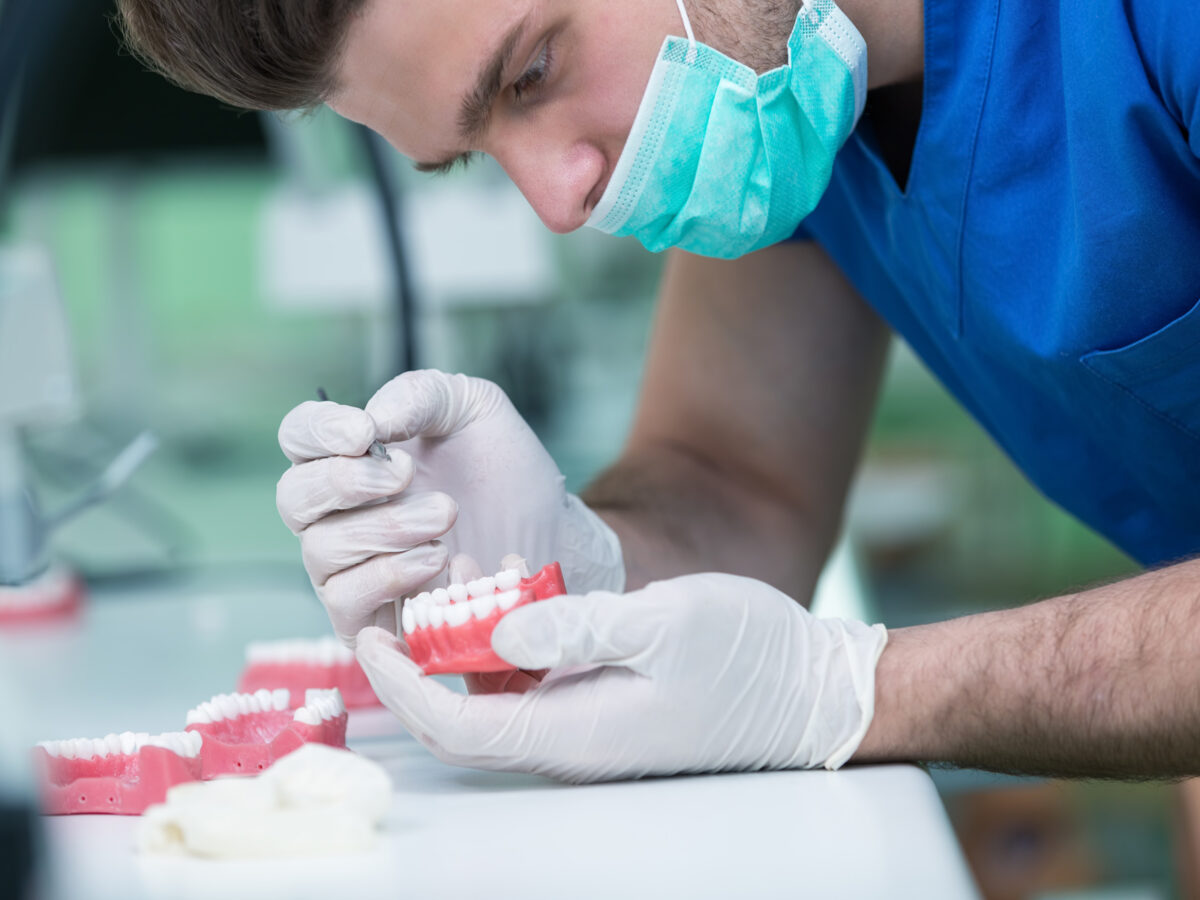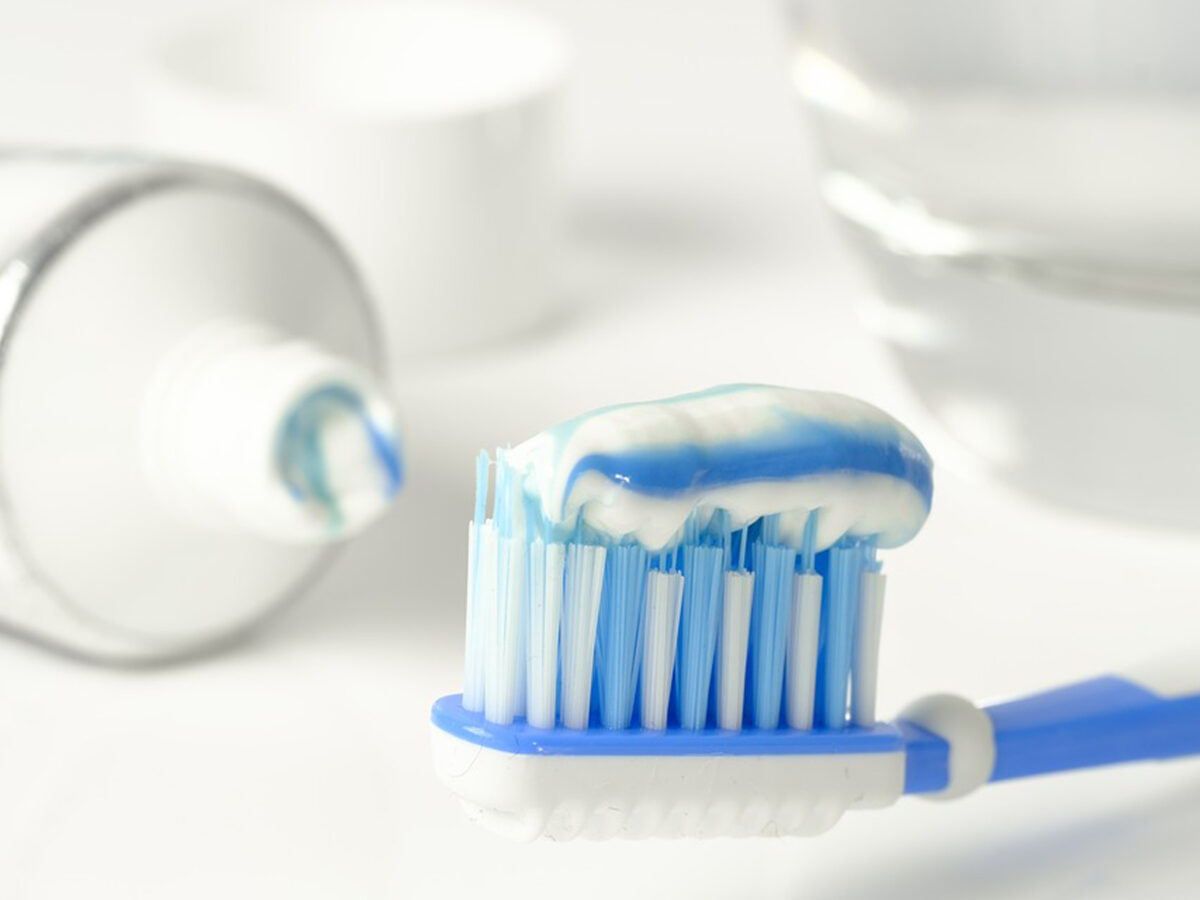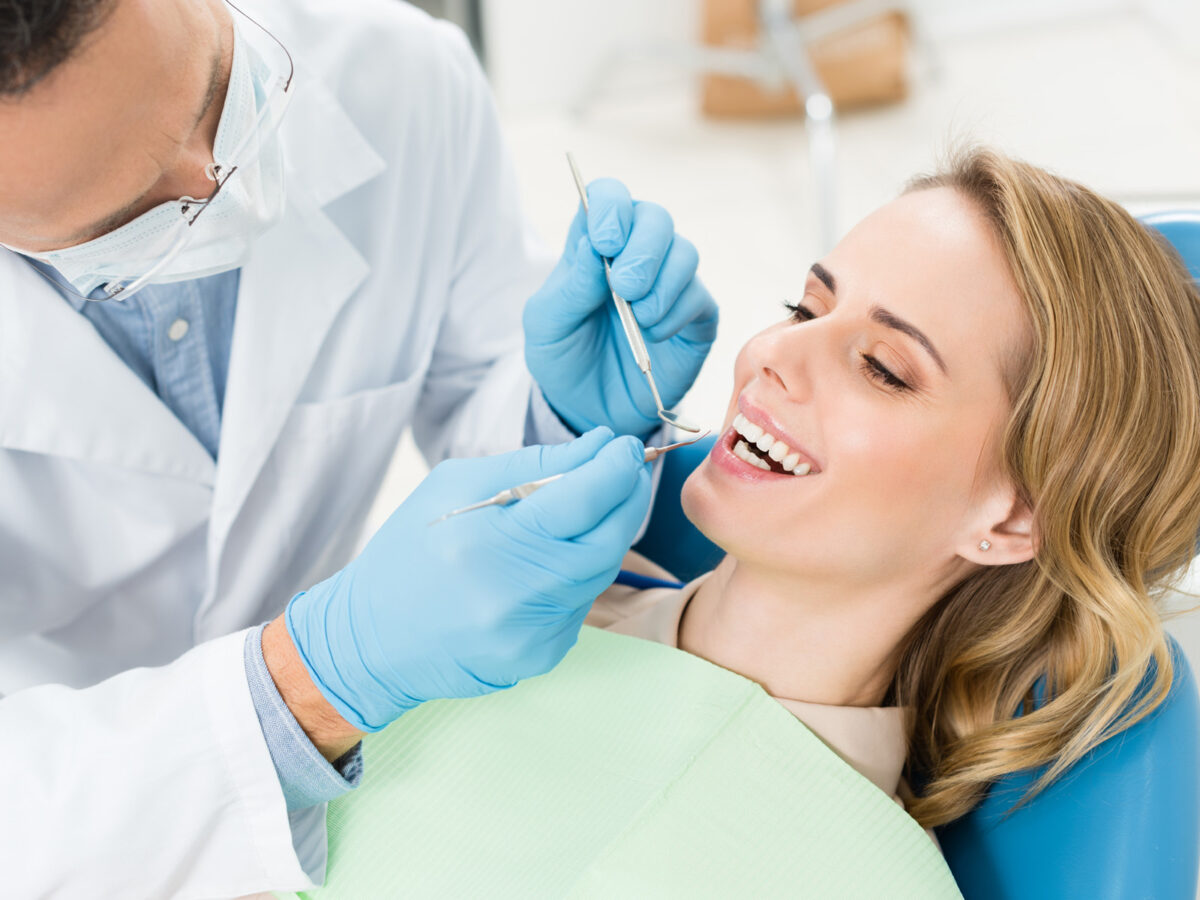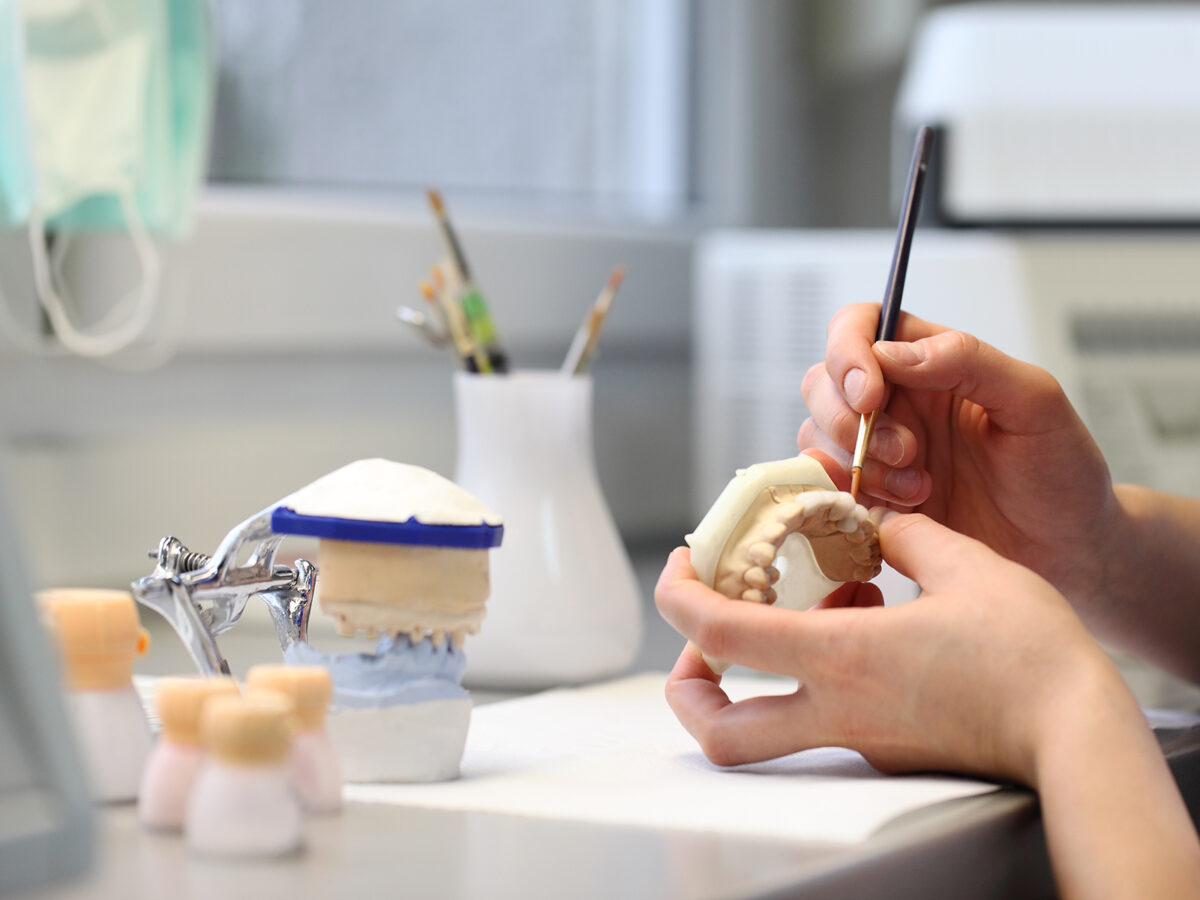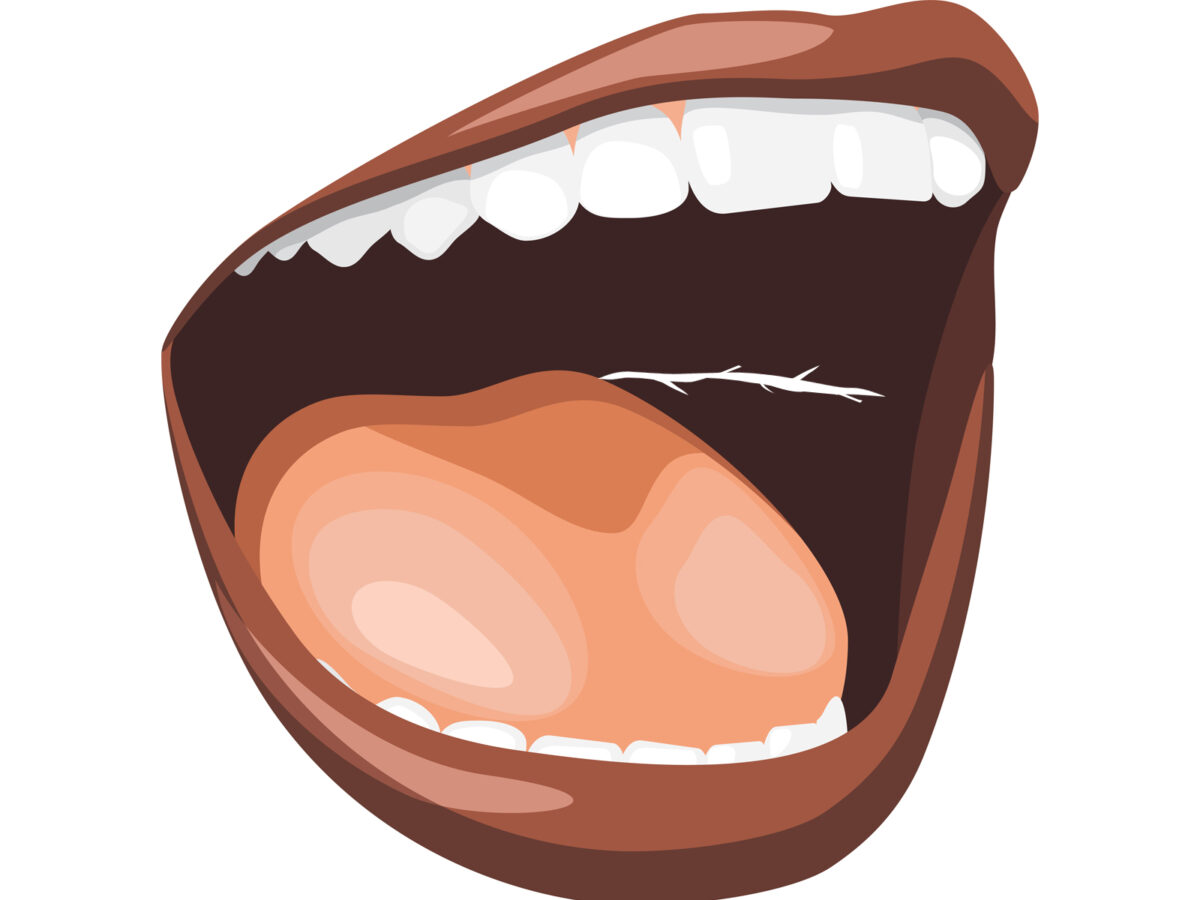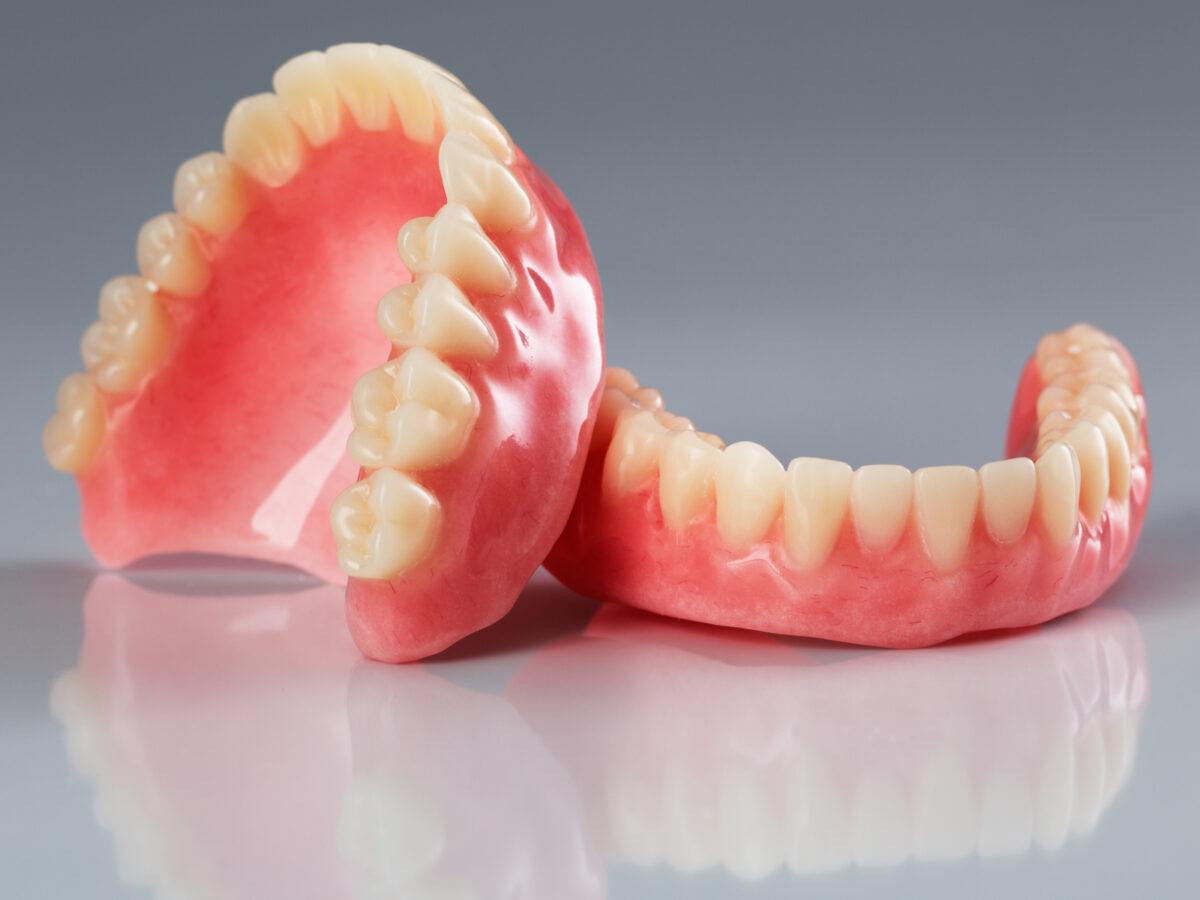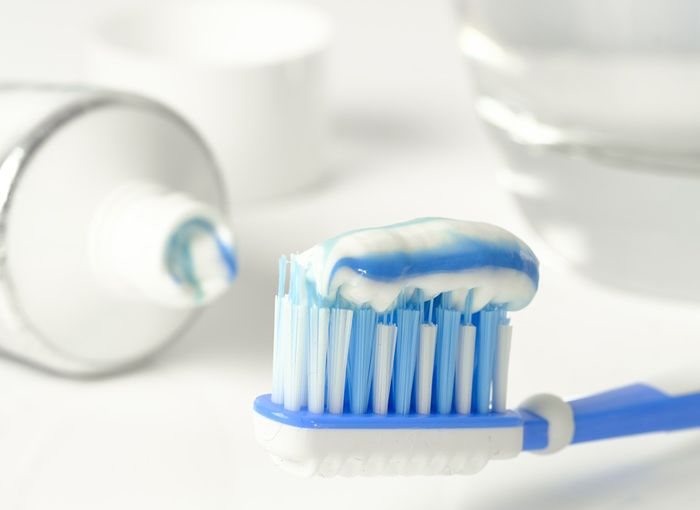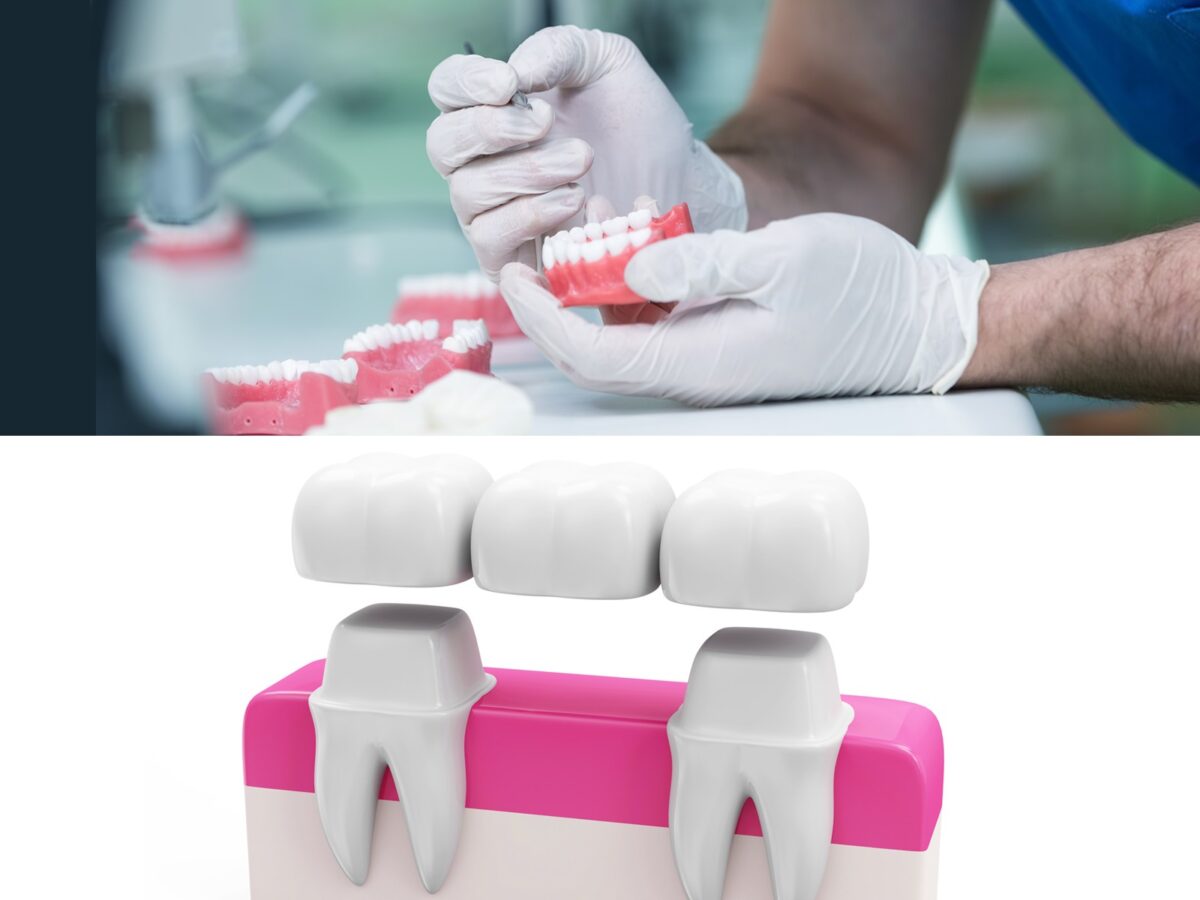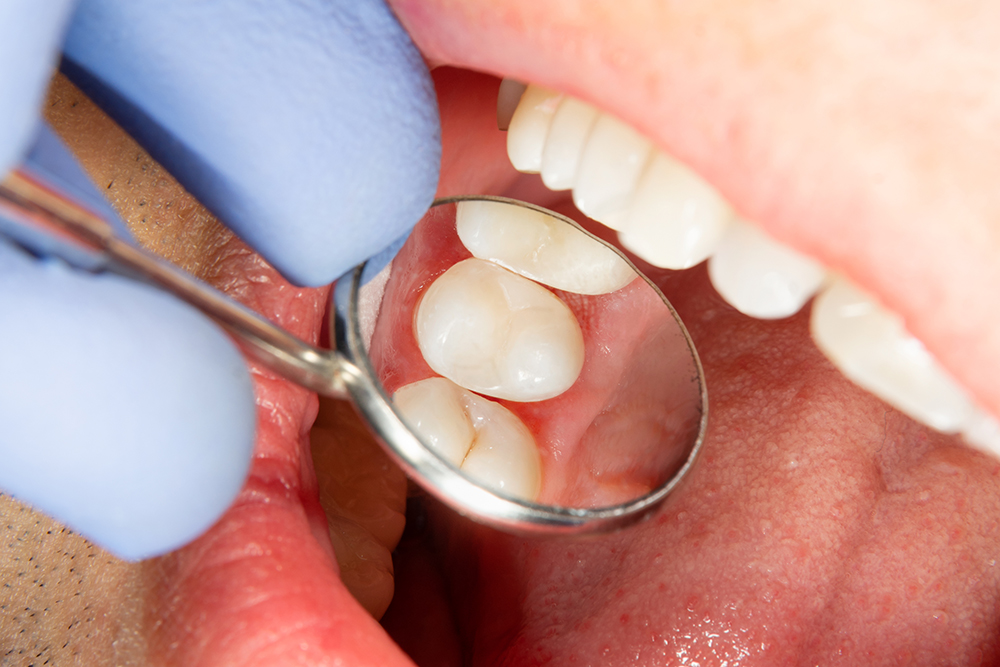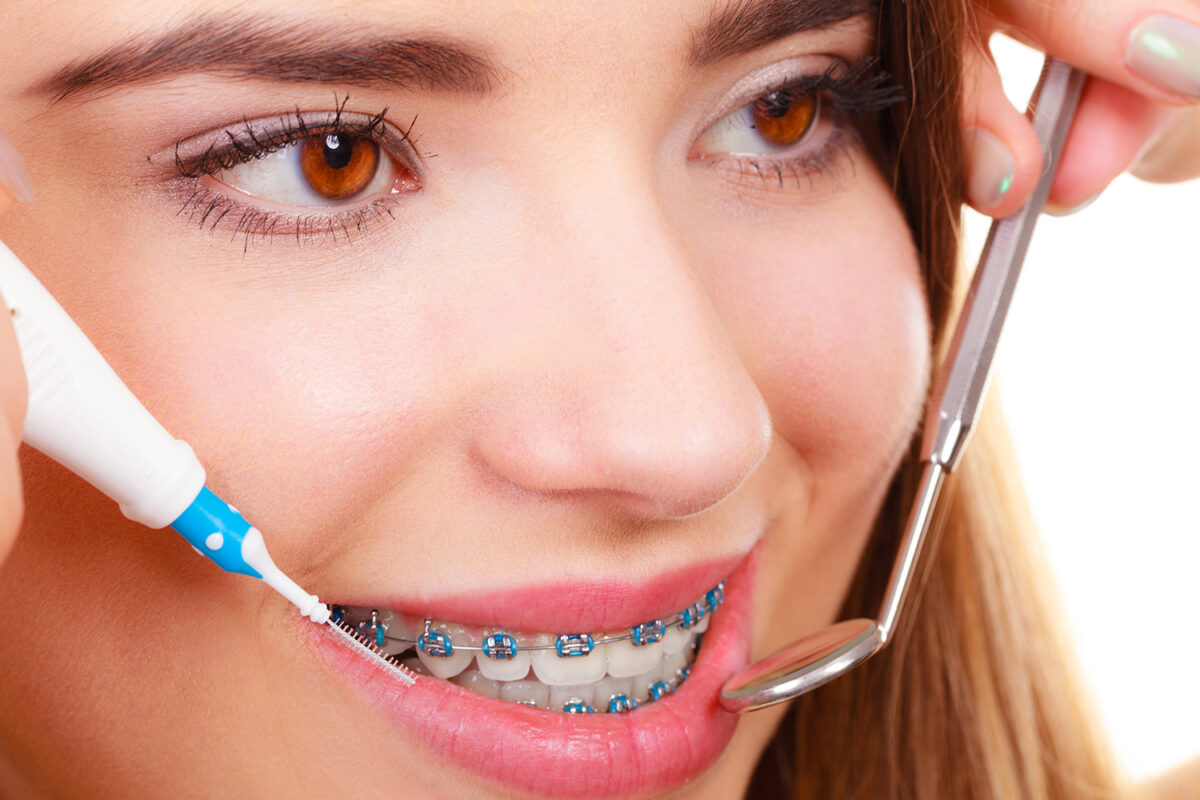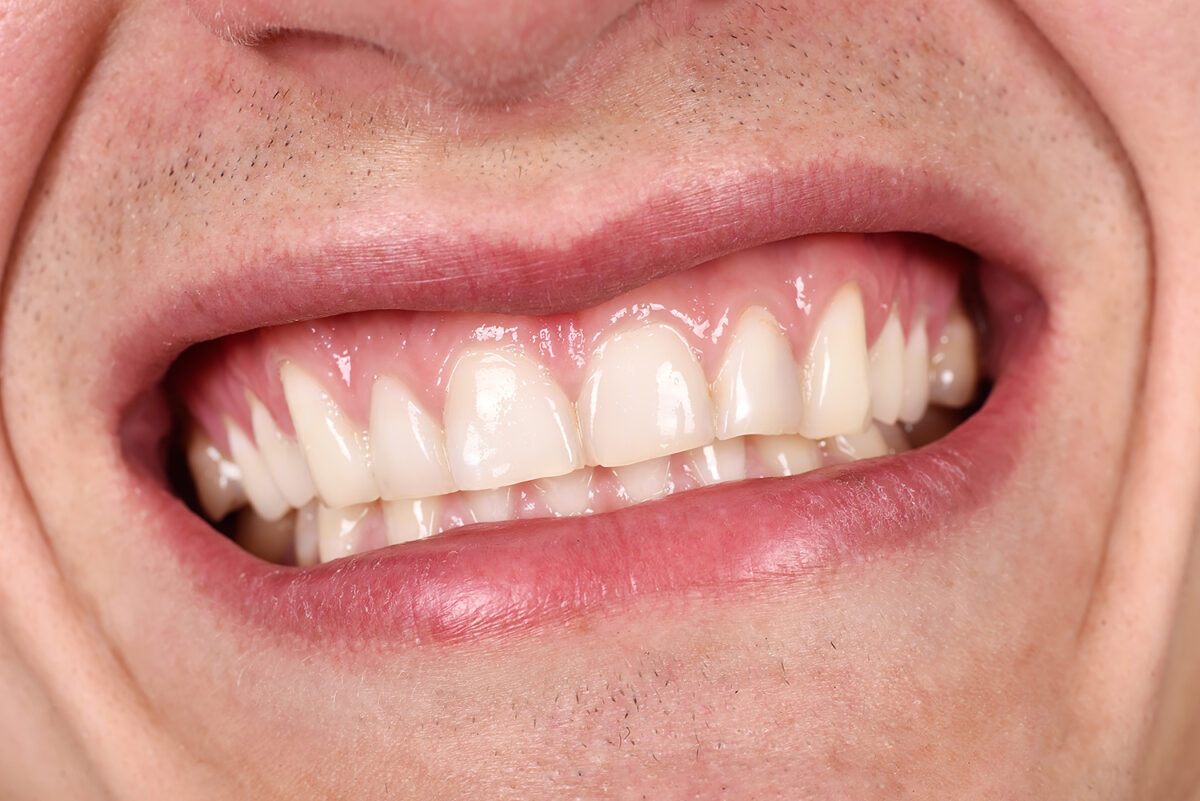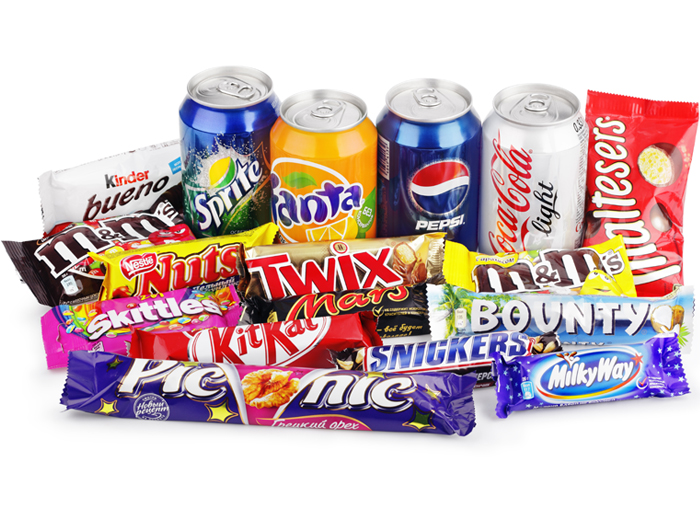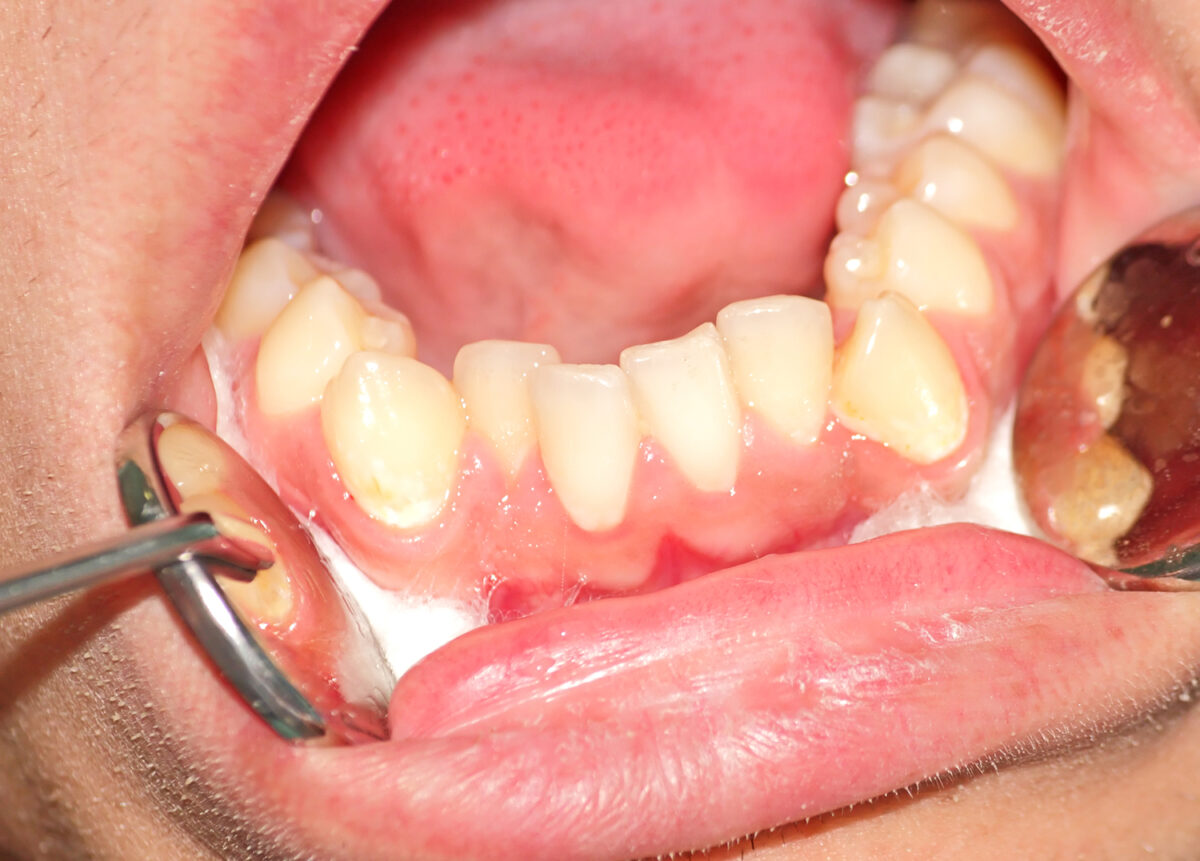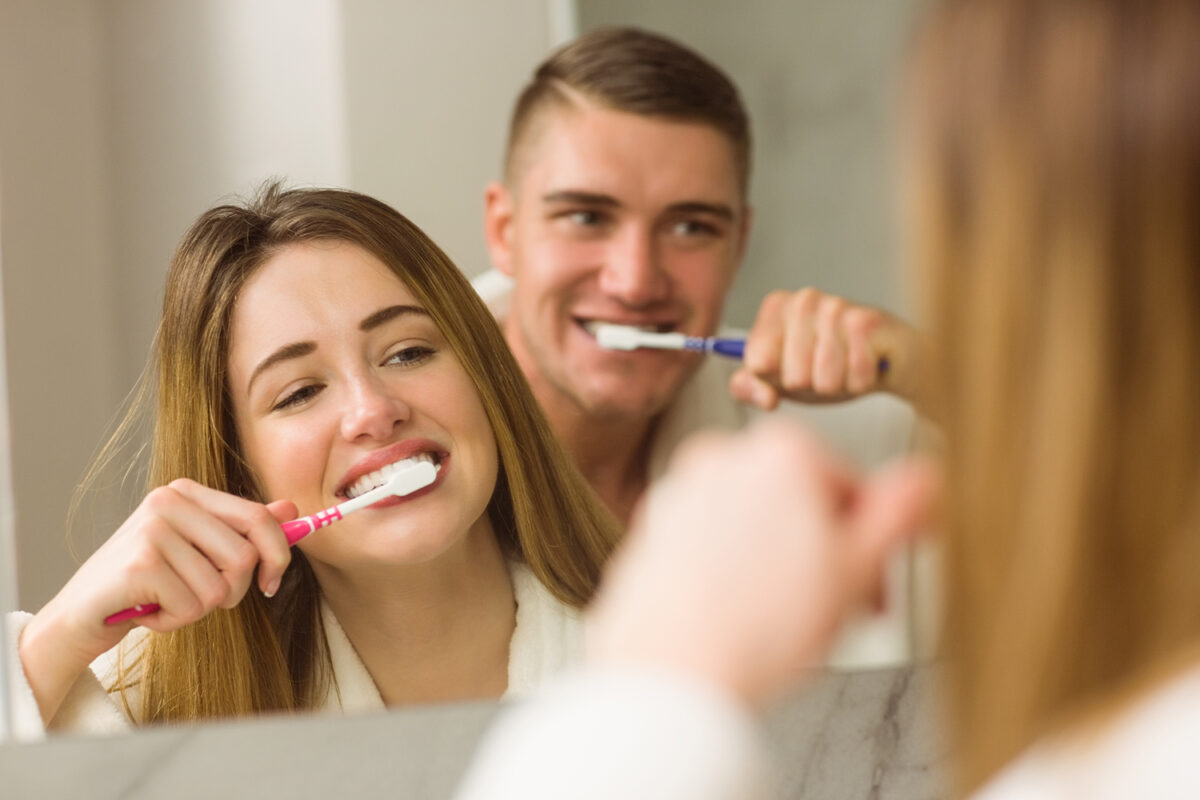A captivating smile isn’t solely about appearance; it’s deeply intertwined with your self-perception and oral health. If a tooth gap is diminishing your confidence, there’s a variety of solutions available to reclaim your smile and elevate your self-esteem. This article delves into five effective strategies for closing your tooth gap, facilitating proper smile restoration, and a boost in confidence.
Options to Fill a Gap Between Your Teeth
Here are several common approaches for bridging the gap in your smile:
1. Dental Implants
Dental implants stand out as a durable and effective solution for filling tooth gaps. This method involves embedding a titanium implant into the jawbone to support a prosthetic tooth that mimics natural teeth. Not only do implants restore the functionality of your smile, but they also help maintain the health of adjacent teeth and bone structure. With appropriate care, dental implants can serve you for life, representing a sound investment in your oral health and confidence.
2. Dental Bridges
Dental bridges present an excellent alternative for gap-filling. They consist of one or more prosthetic teeth anchored to neighboring teeth with crowns. This solution is best suited for situations where adjacent teeth are robust enough to support the bridge. Bridges not only enhance the visual appeal of your smile but also restore chewing ability and prevent the adjacent teeth from shifting.
3. Removable Dentures
For a more cost-effective solution, removable dentures can fill tooth gaps and aid in smile restoration. Tailored for a comfortable fit, they can be conveniently detached for cleaning. Although dentures might lack the stability of implants or bridges, they offer a practical and aesthetic remedy for smile enhancement. Recent advancements have made dentures more natural-looking and comfortable than ever.
4. Dental Bonding
For minor gaps, dental bonding offers a swift and non-invasive cosmetic fix. This procedure involves the application of a tooth-colored composite resin to the gap, sculpted to blend with adjacent teeth. Dental bonding can significantly improve your smile in a single dentist visit, though it may not be viable for larger gaps.
5. Orthodontic Treatment
When tooth gaps stem from misalignment or bite issues, orthodontic treatments like braces or clear aligners may be advisable. These treatments gradually move teeth to their correct positions, closing gaps and enhancing overall smile symmetry. Although orthodontic treatment is more time-consuming, the transformative results can significantly impact both your smile’s aesthetics and your oral health.
Wrapping Up
Addressing a tooth gap transcends cosmetic appeal, focusing on restoring your confidence and oral well-being. Whether opting for the permanence of dental implants, the support of dental bridges, the affordability of removable dentures, the simplicity of dental bonding, or the comprehensive correction of orthodontic treatment, a myriad of options are at your disposal. Consult with the top Elgin Family Dentist with us to discover the most suitable path to achieving a smile that radiates confidence, ready to be shared with the world.

